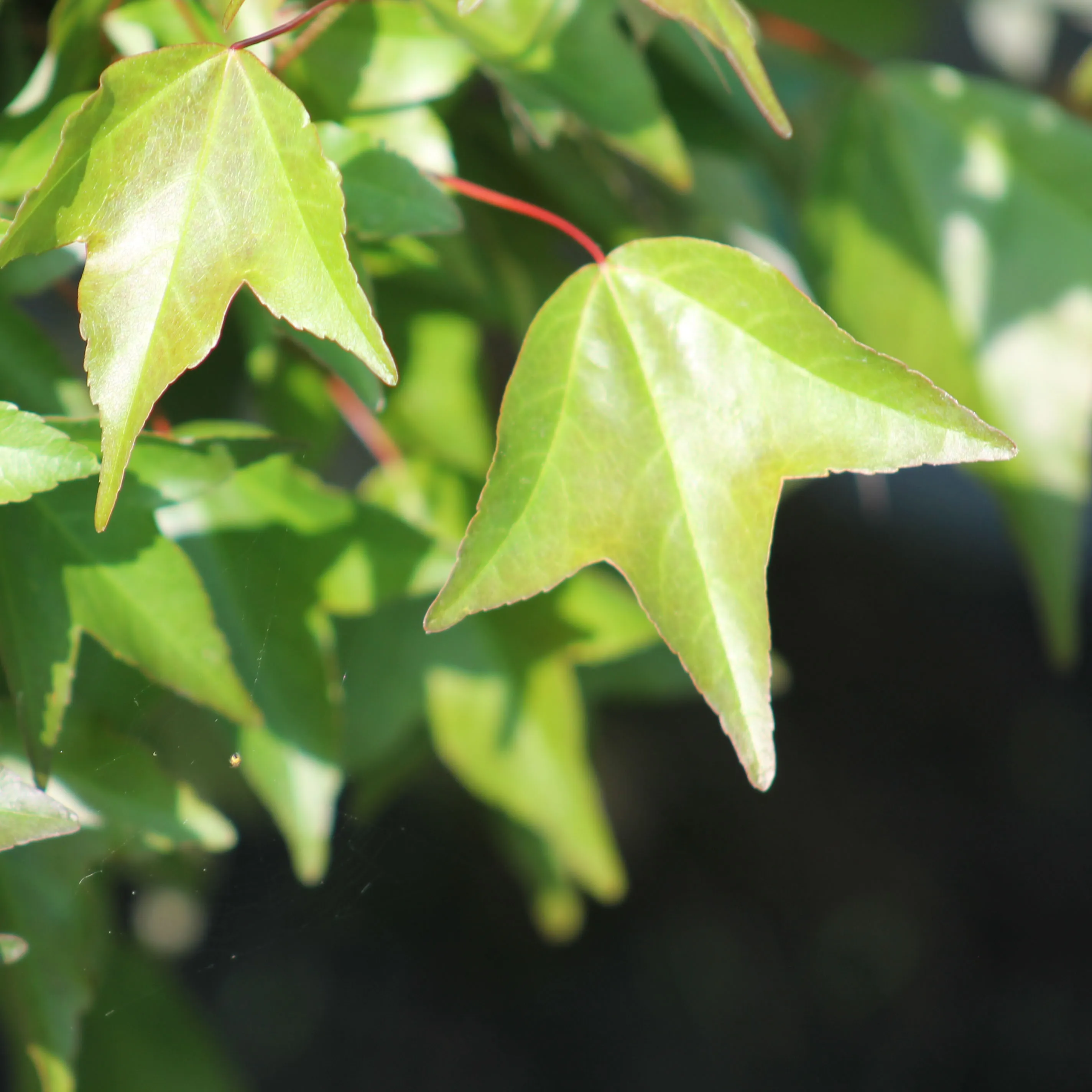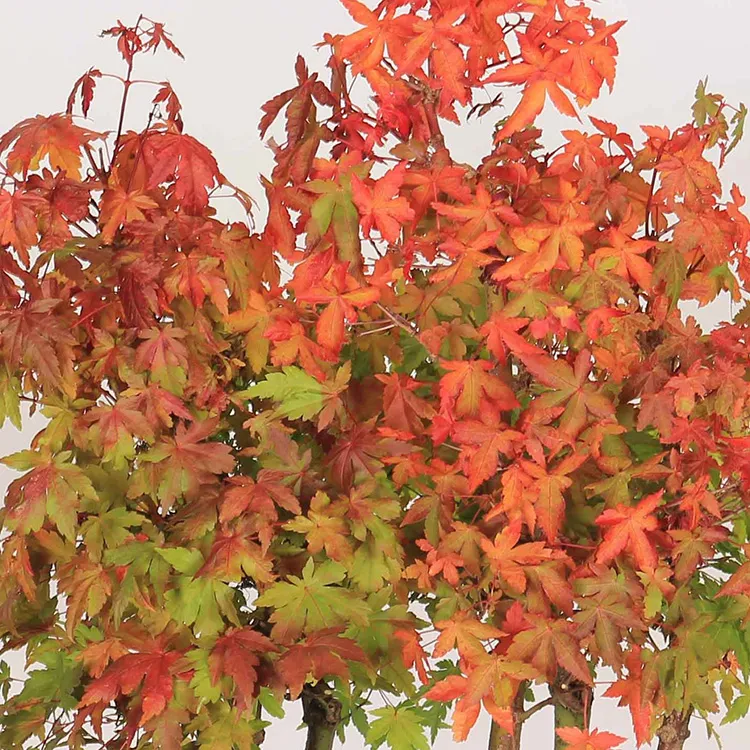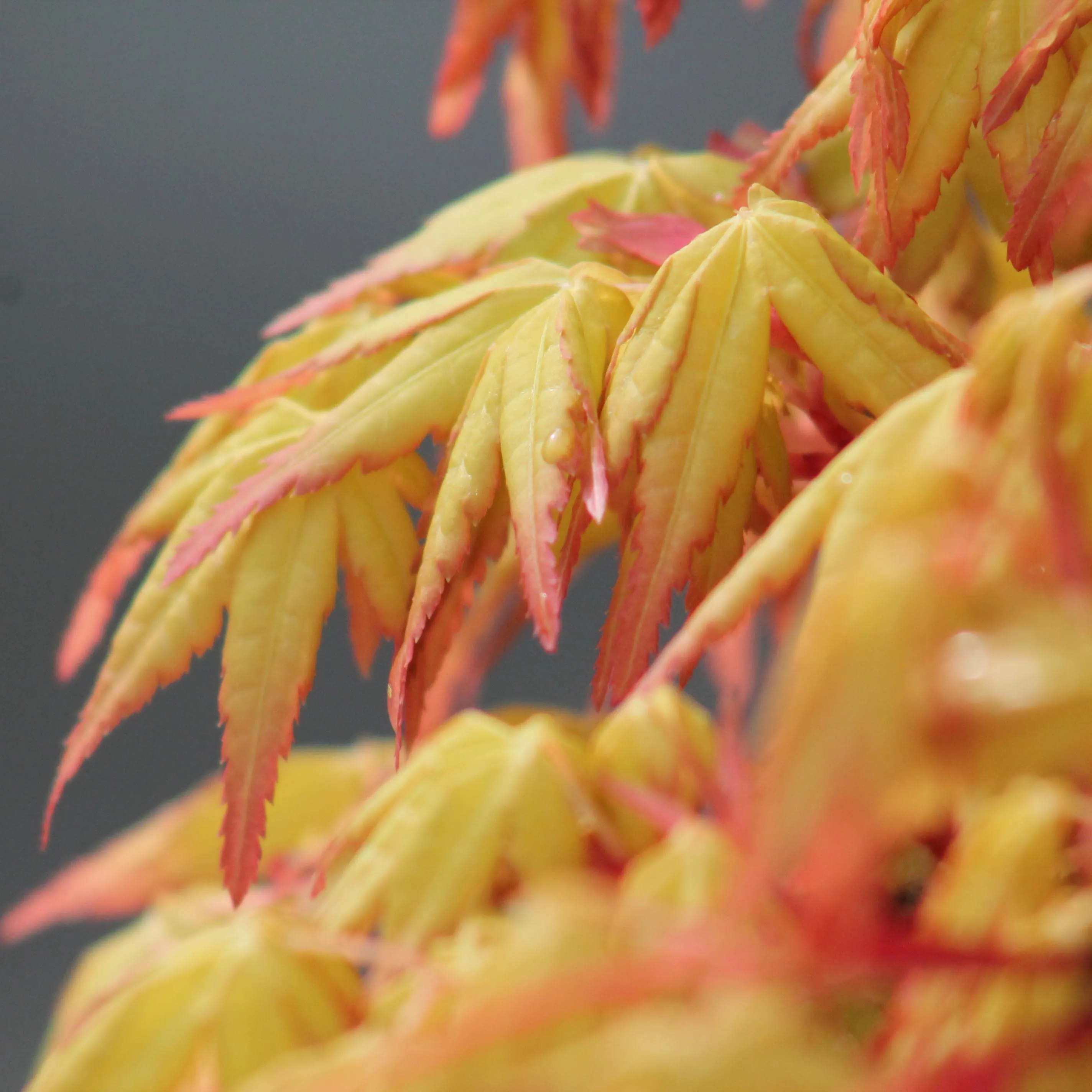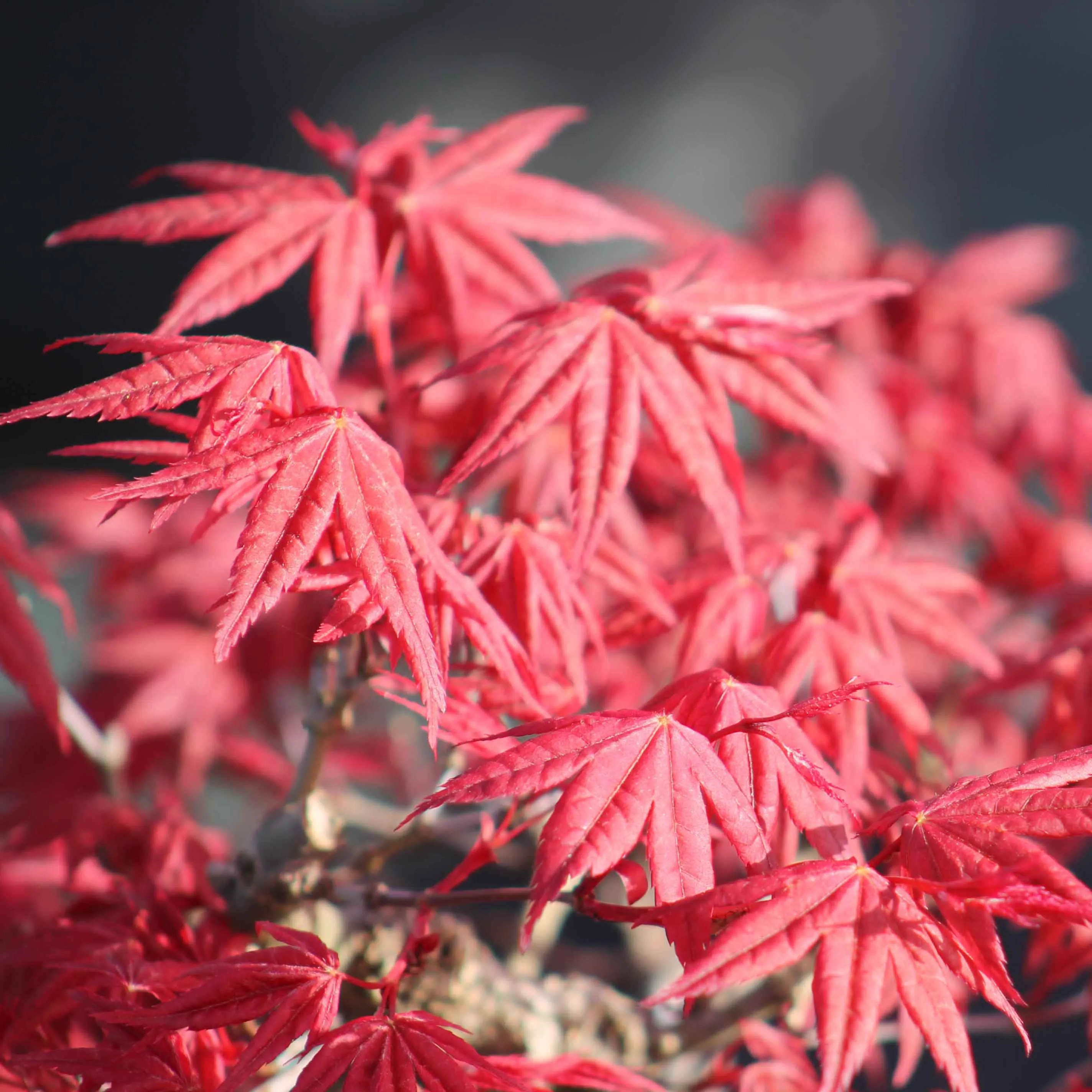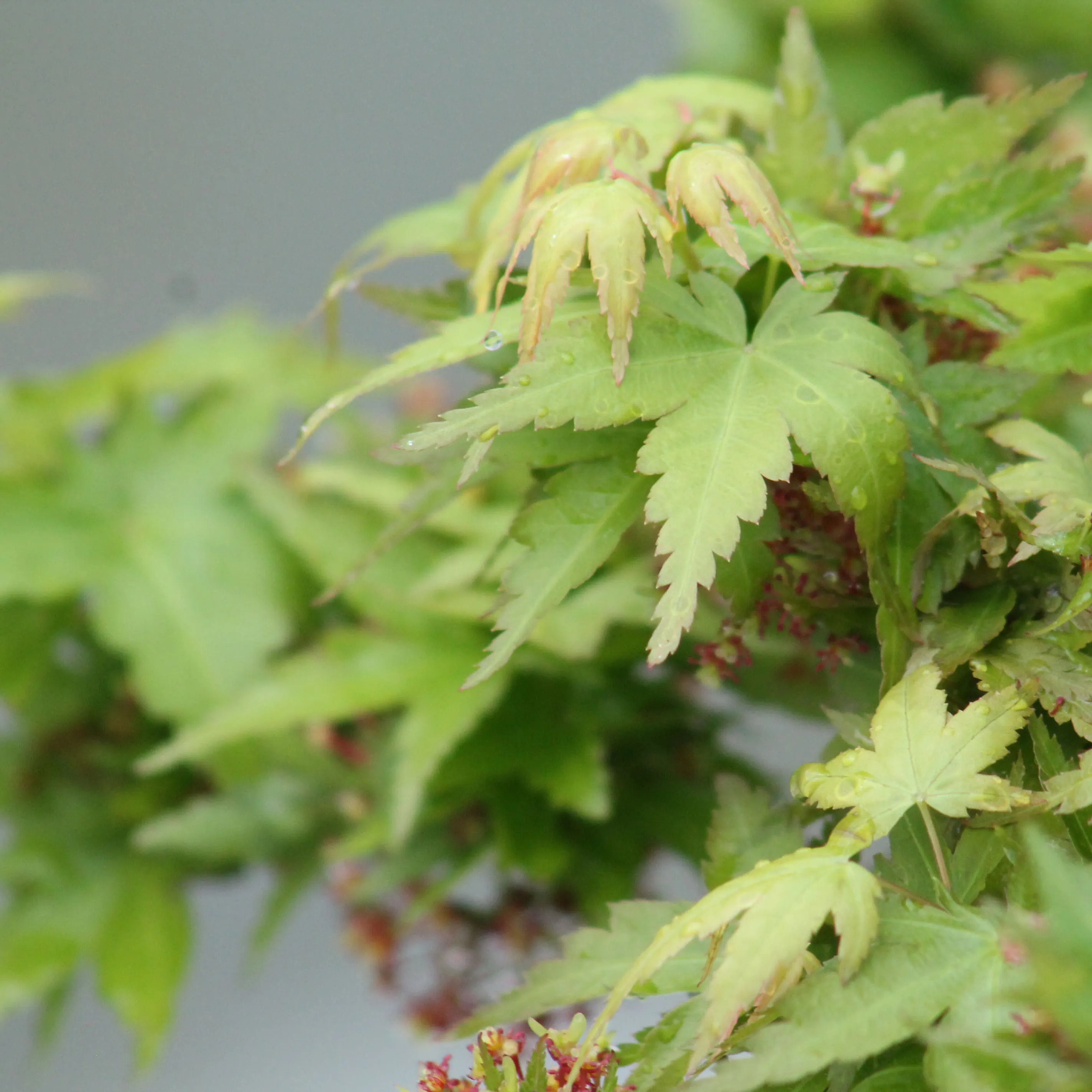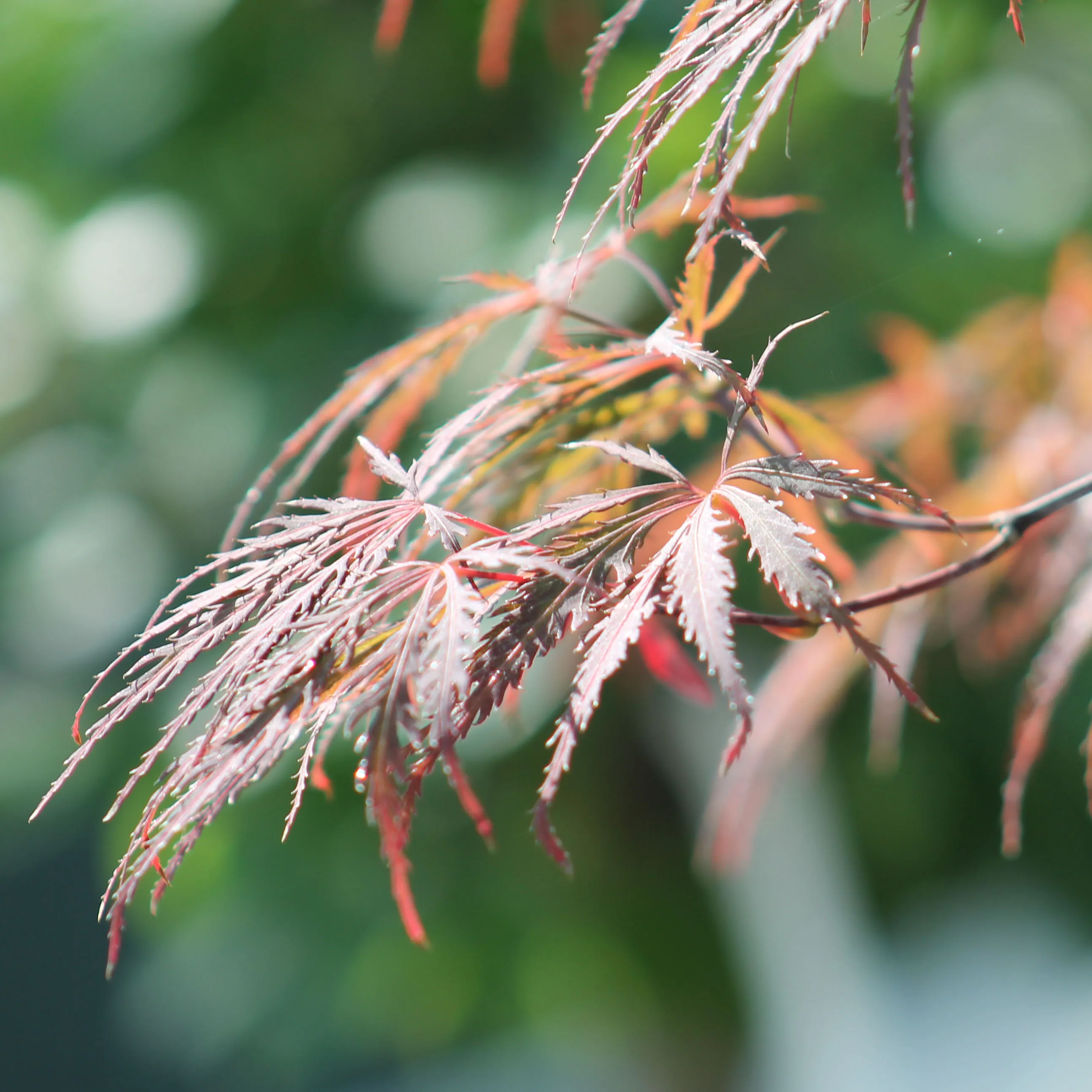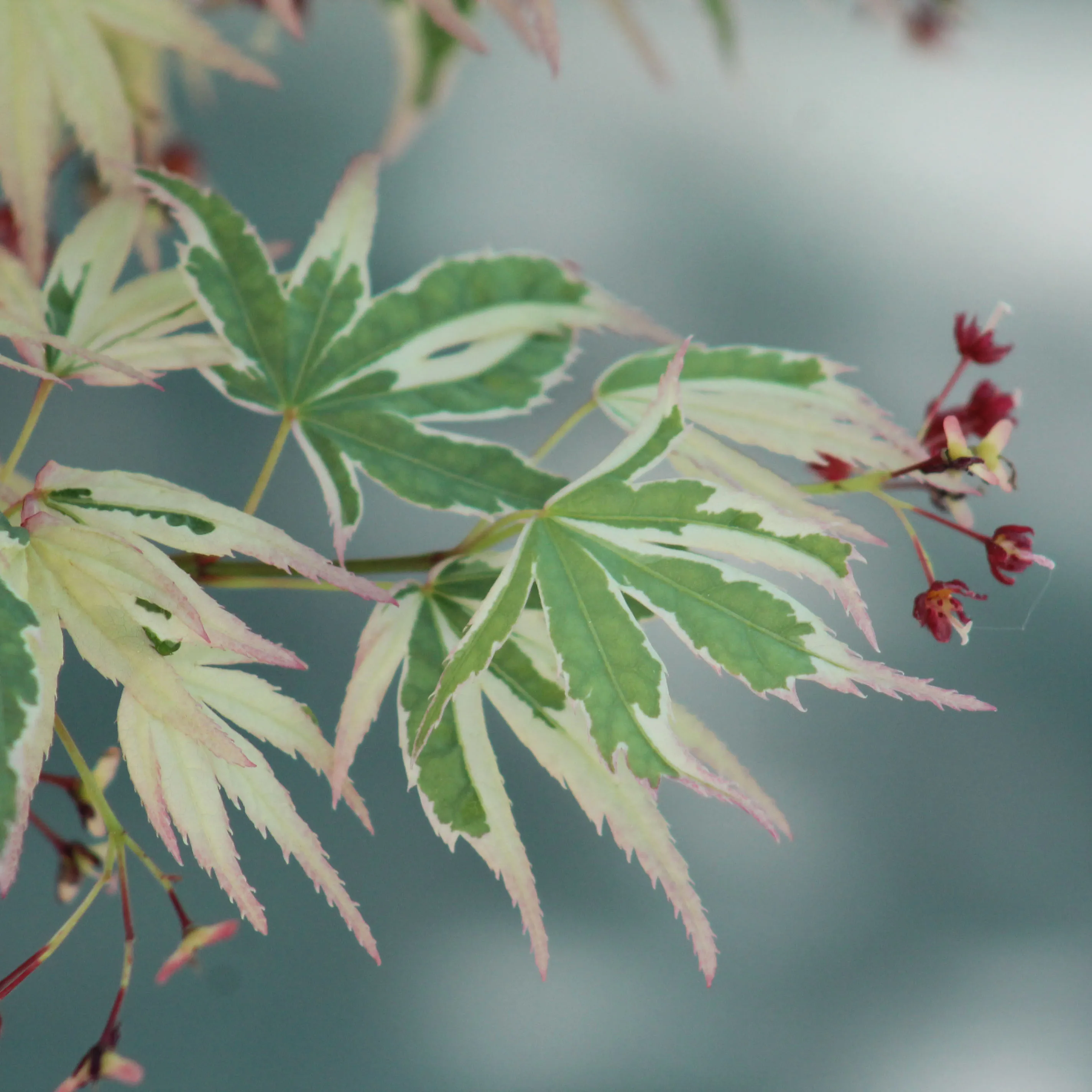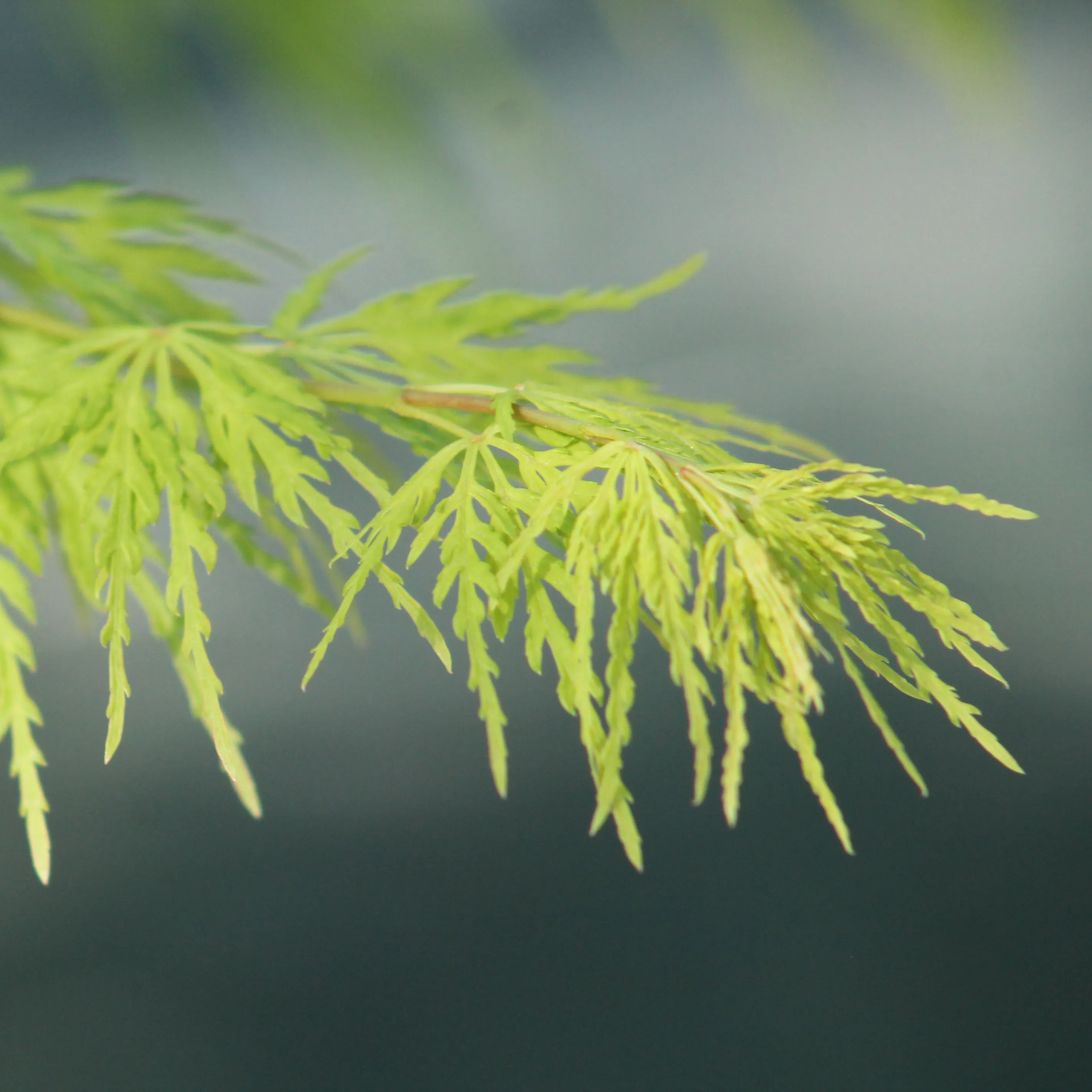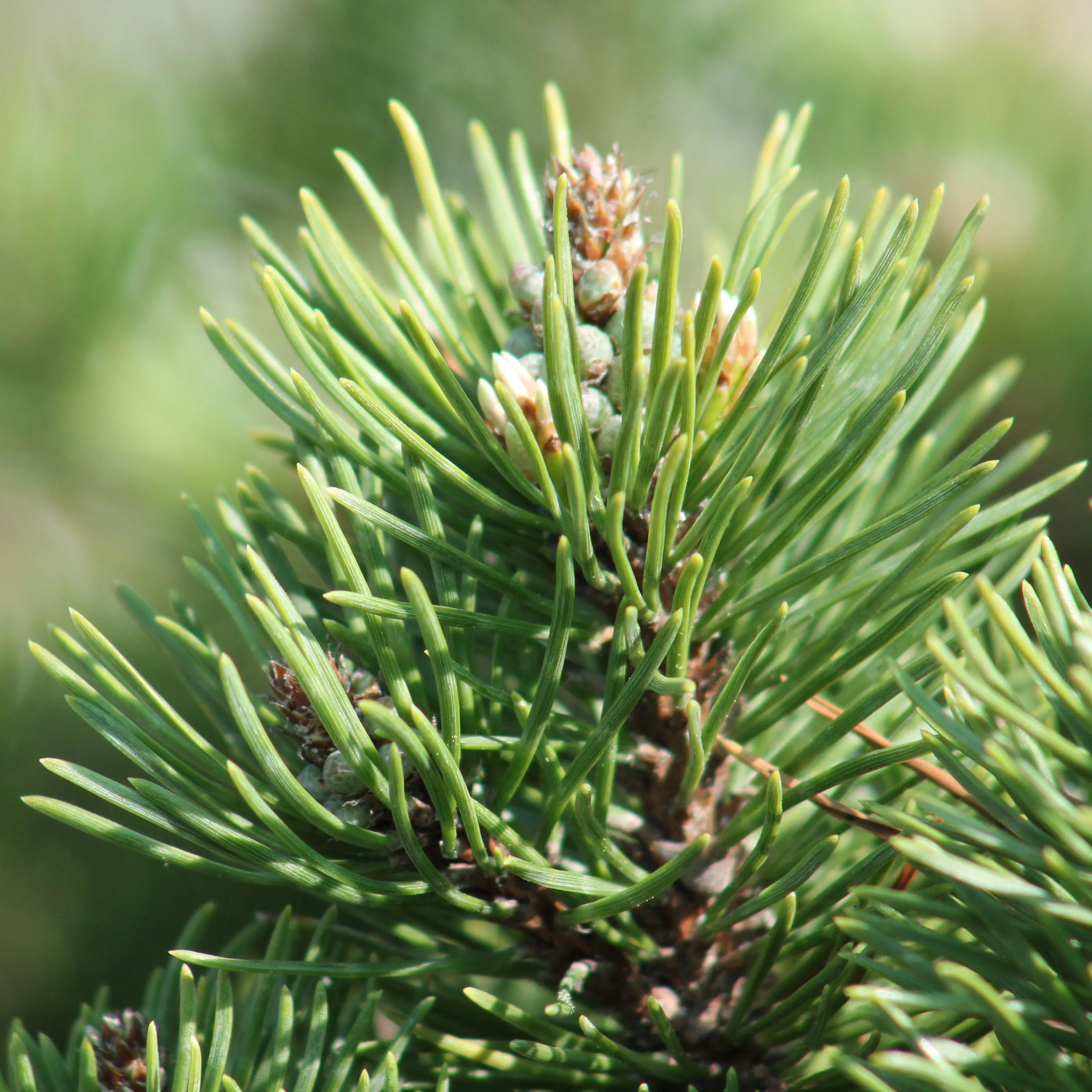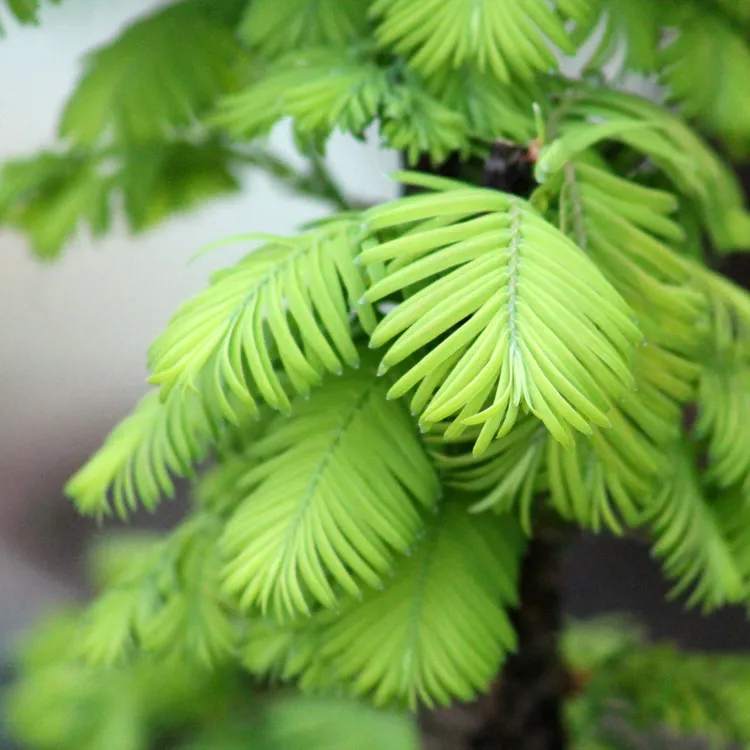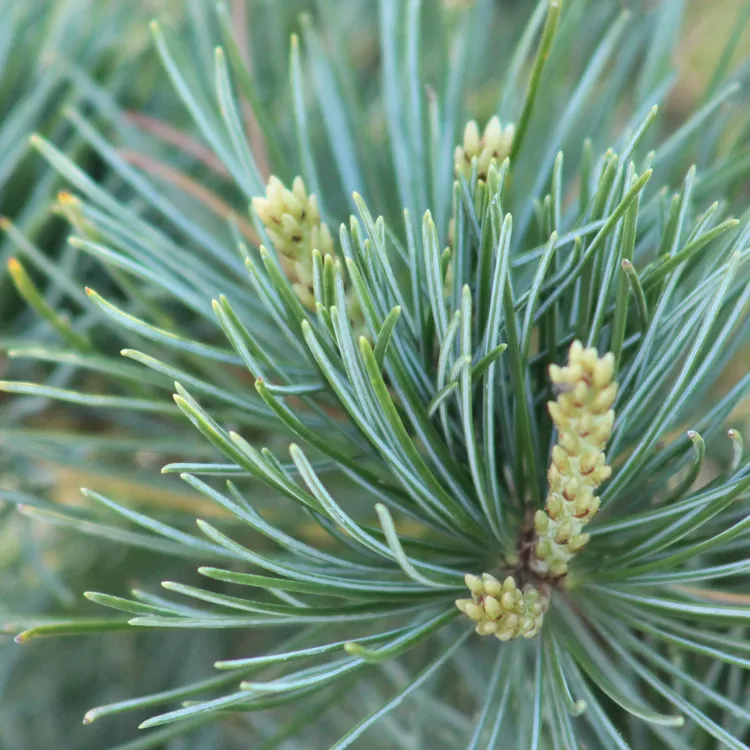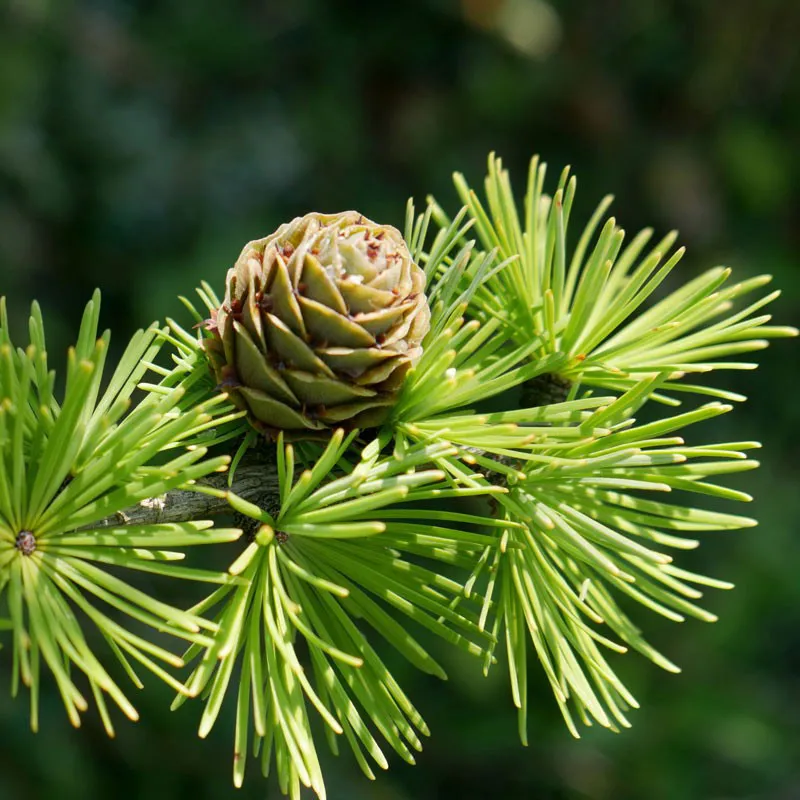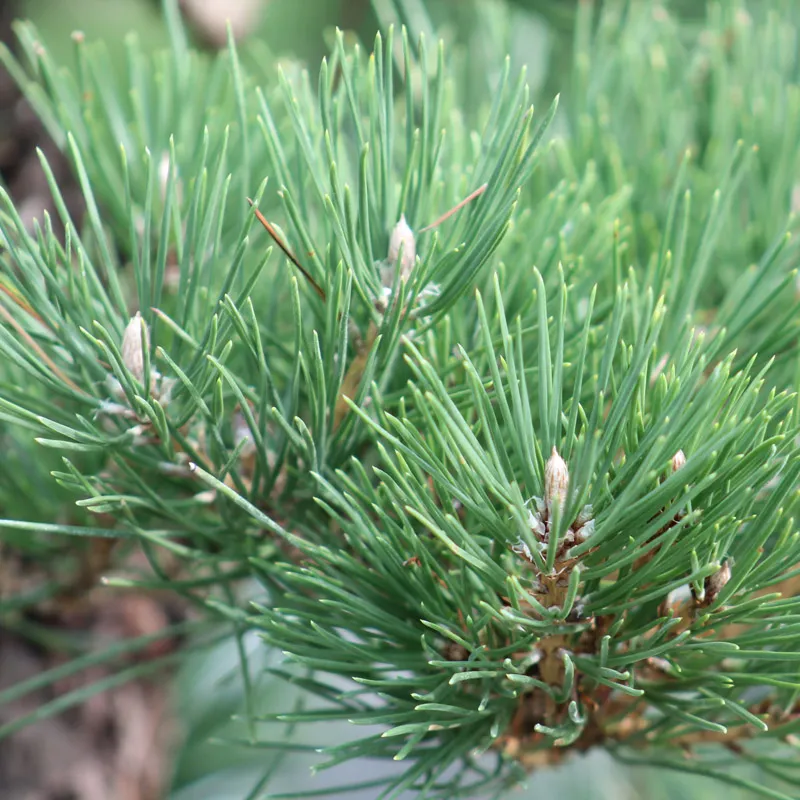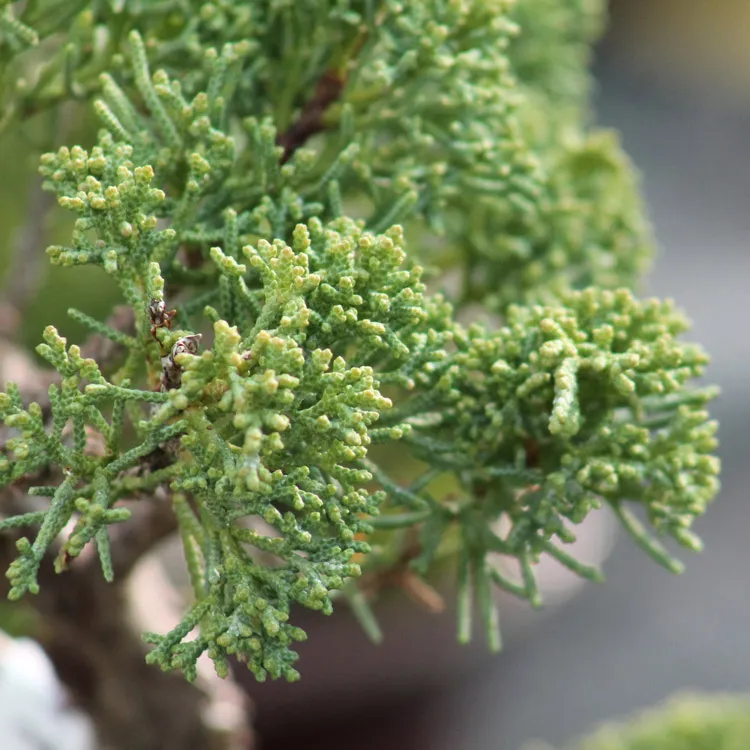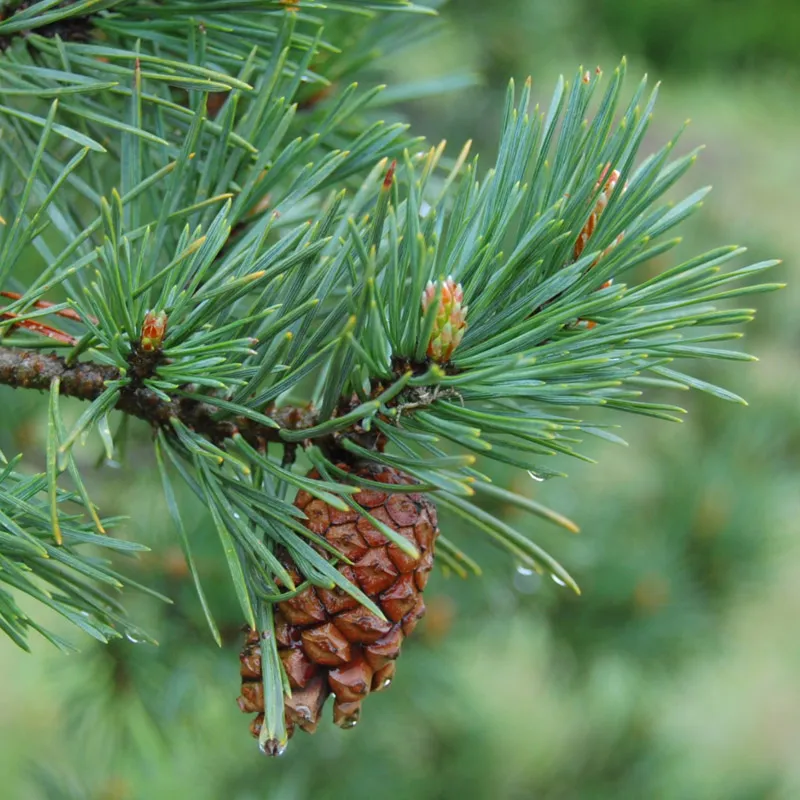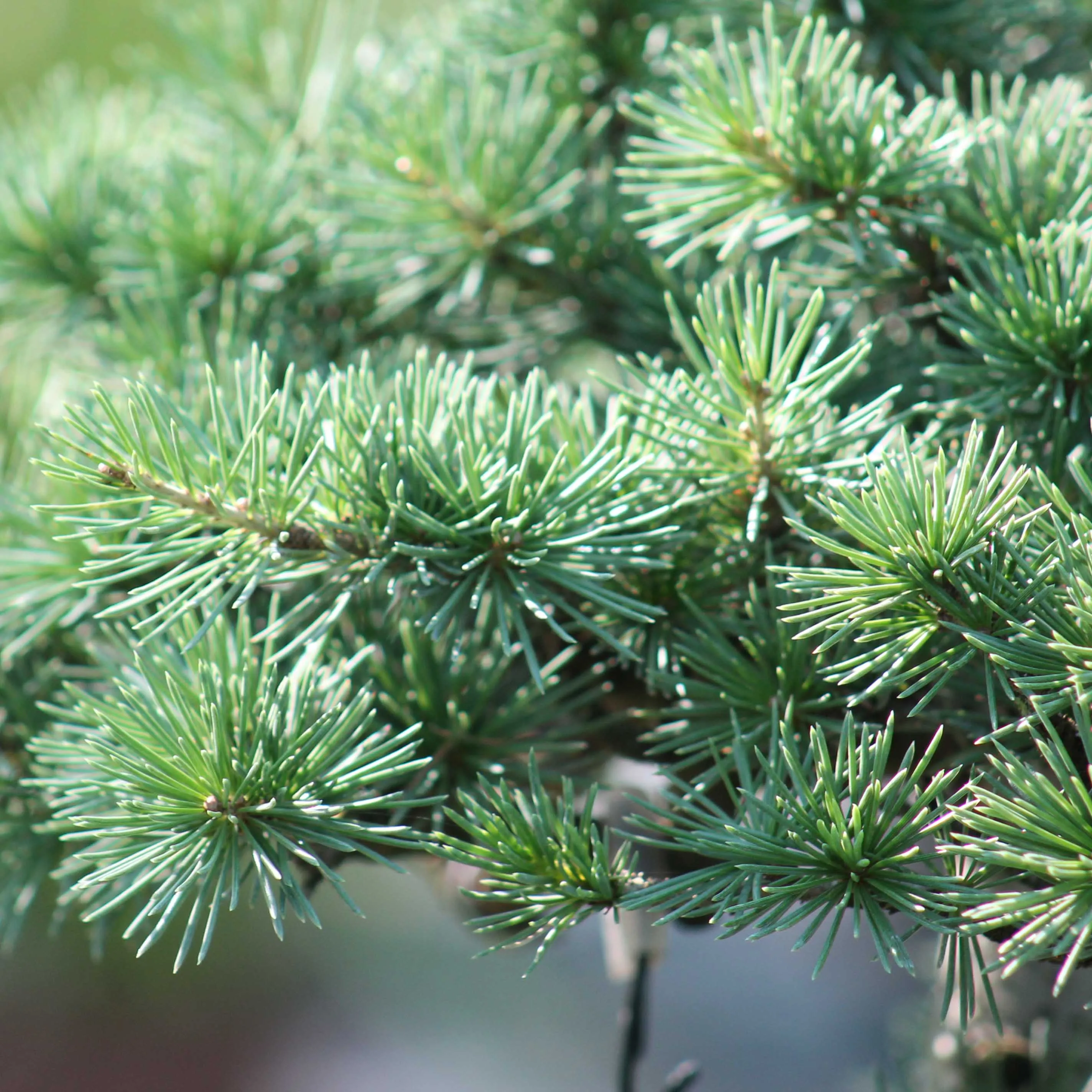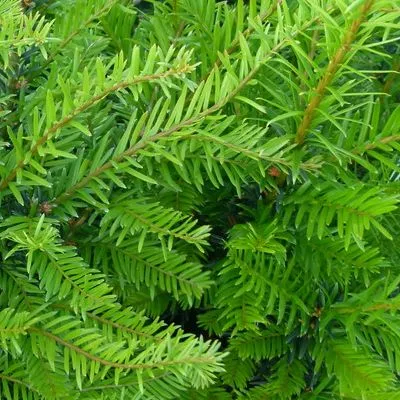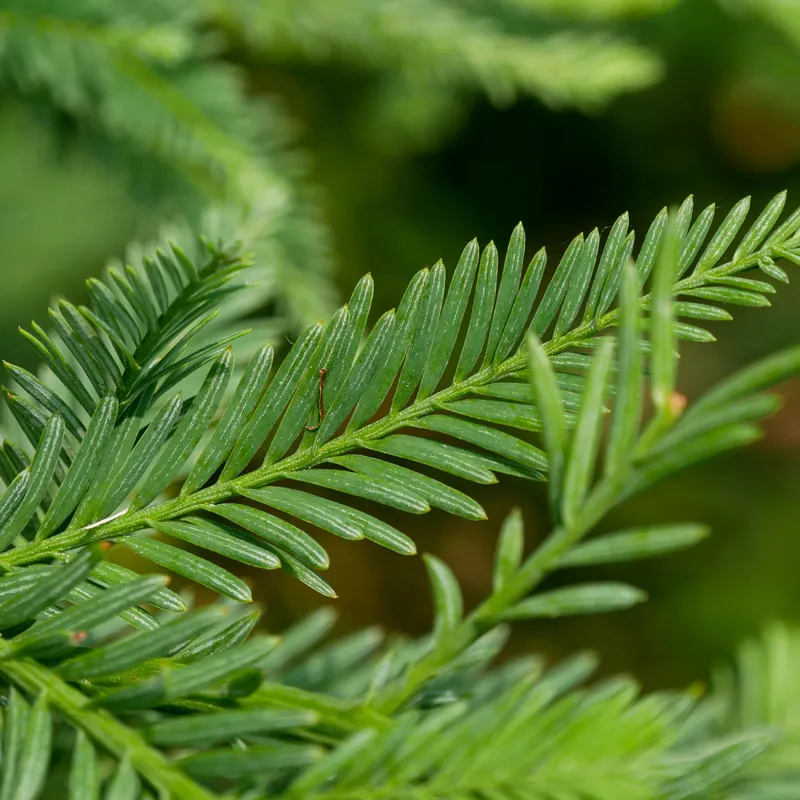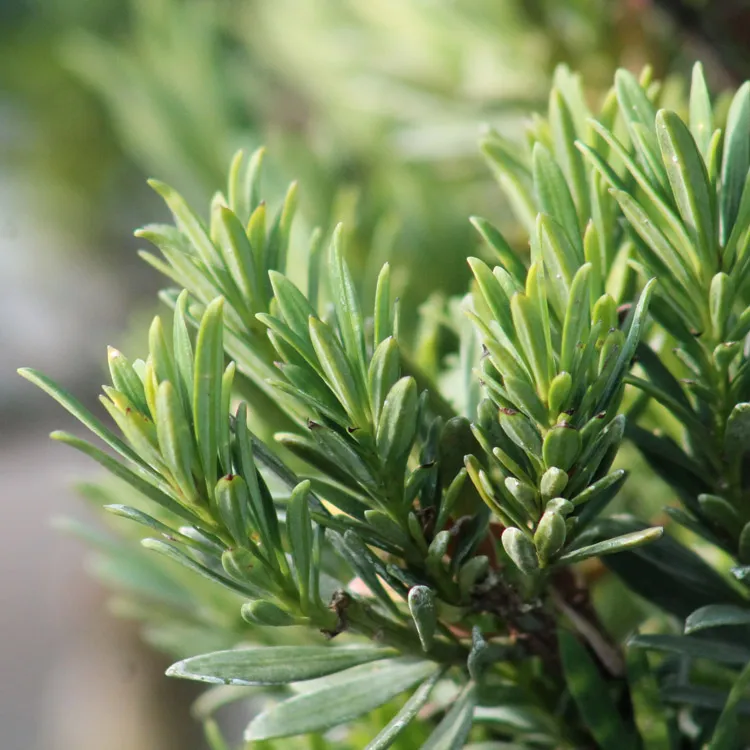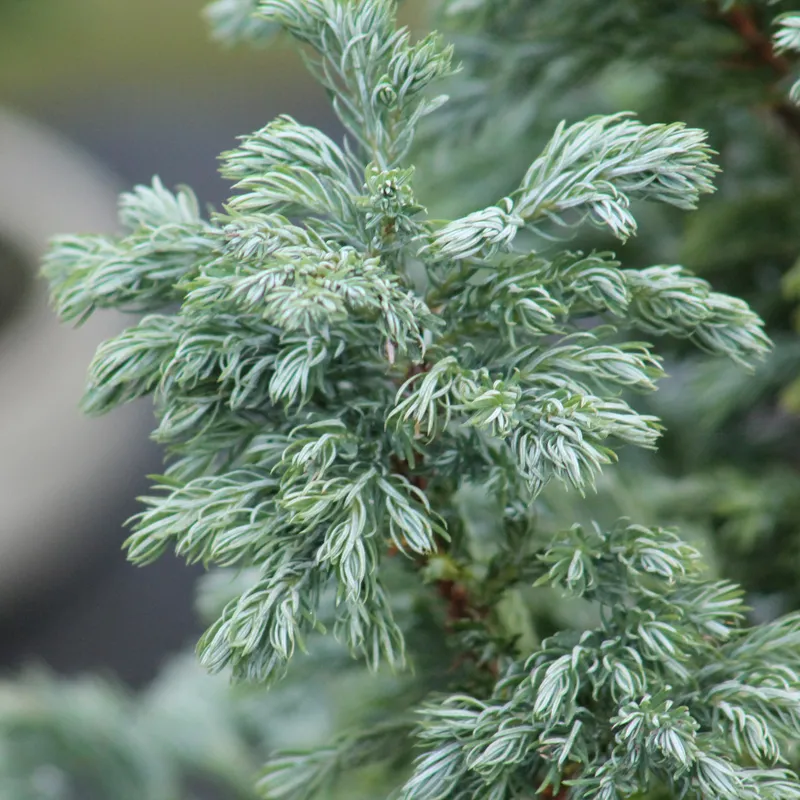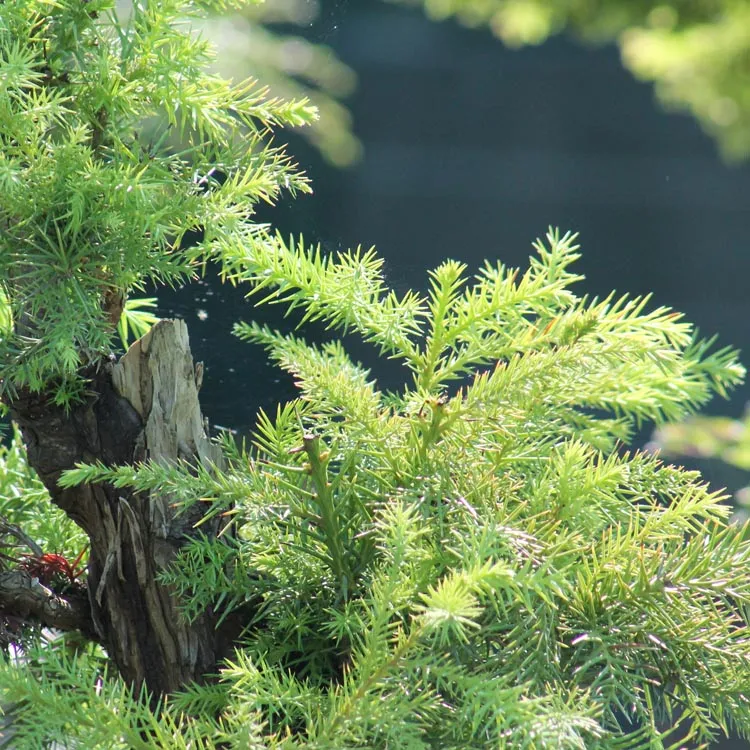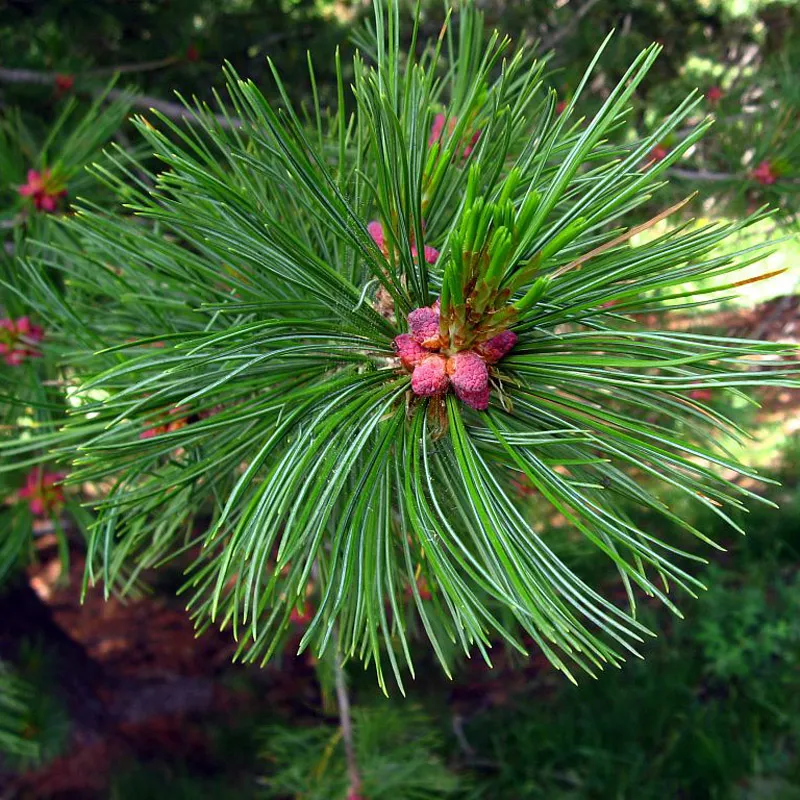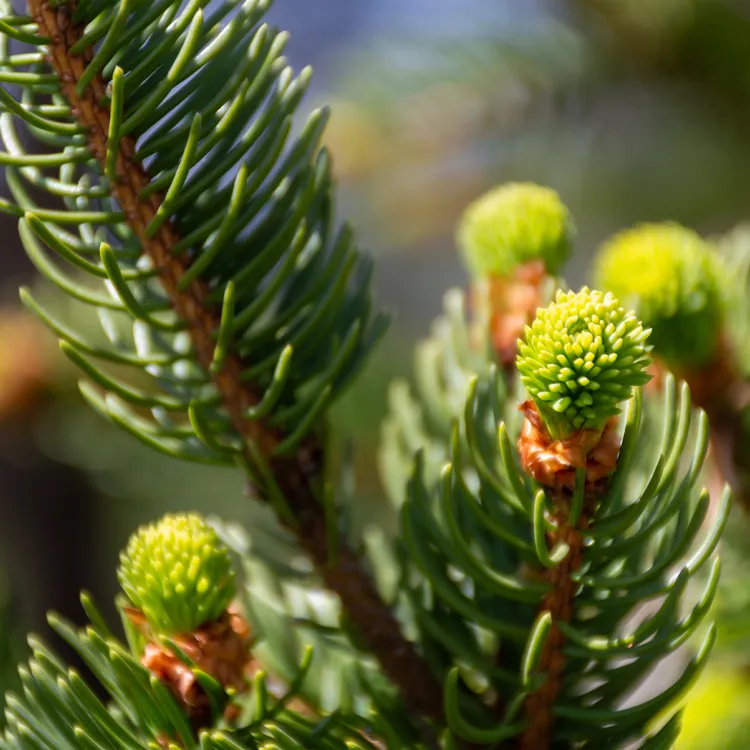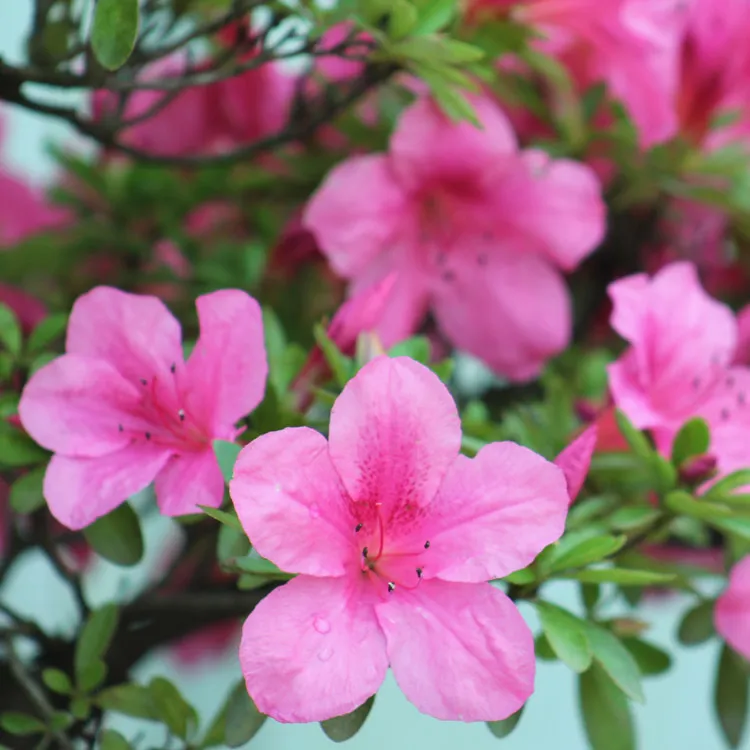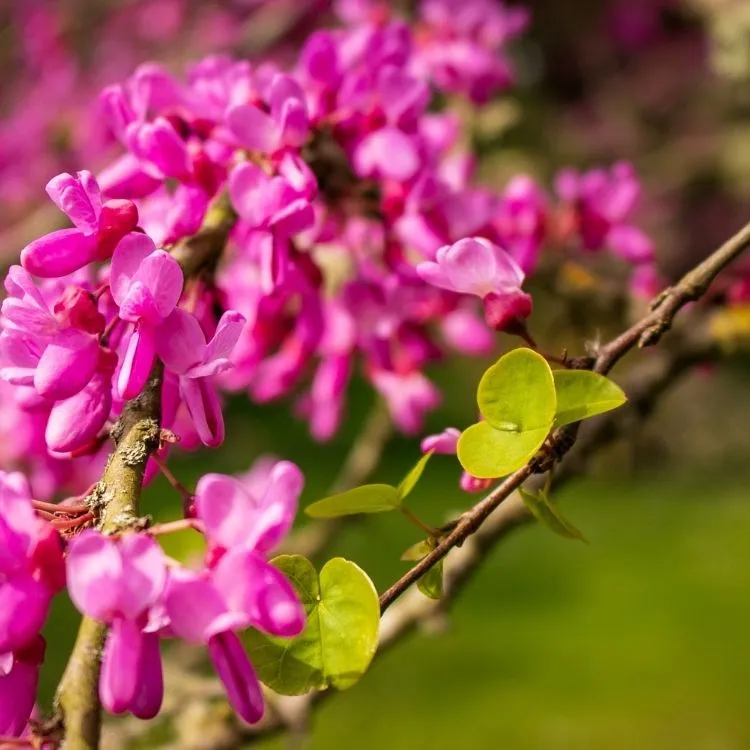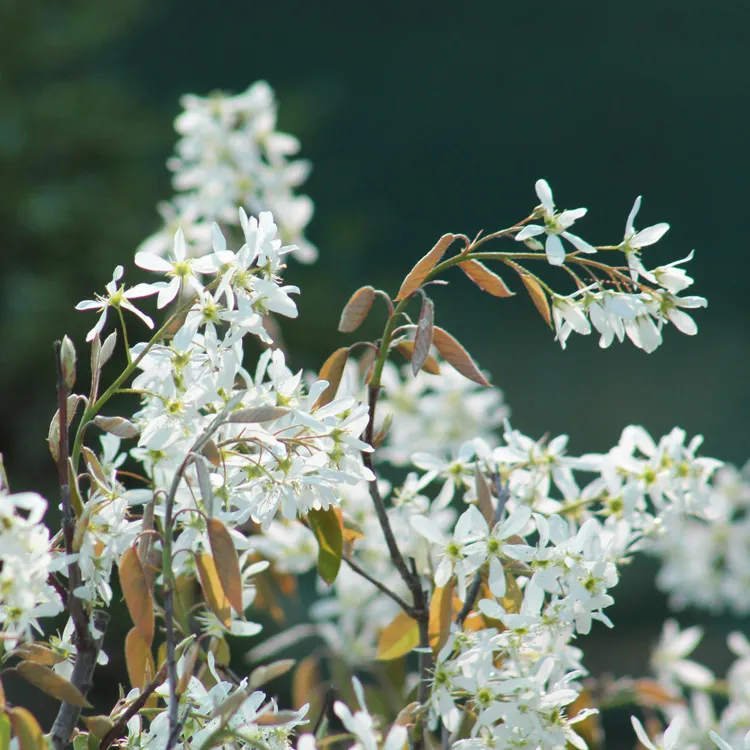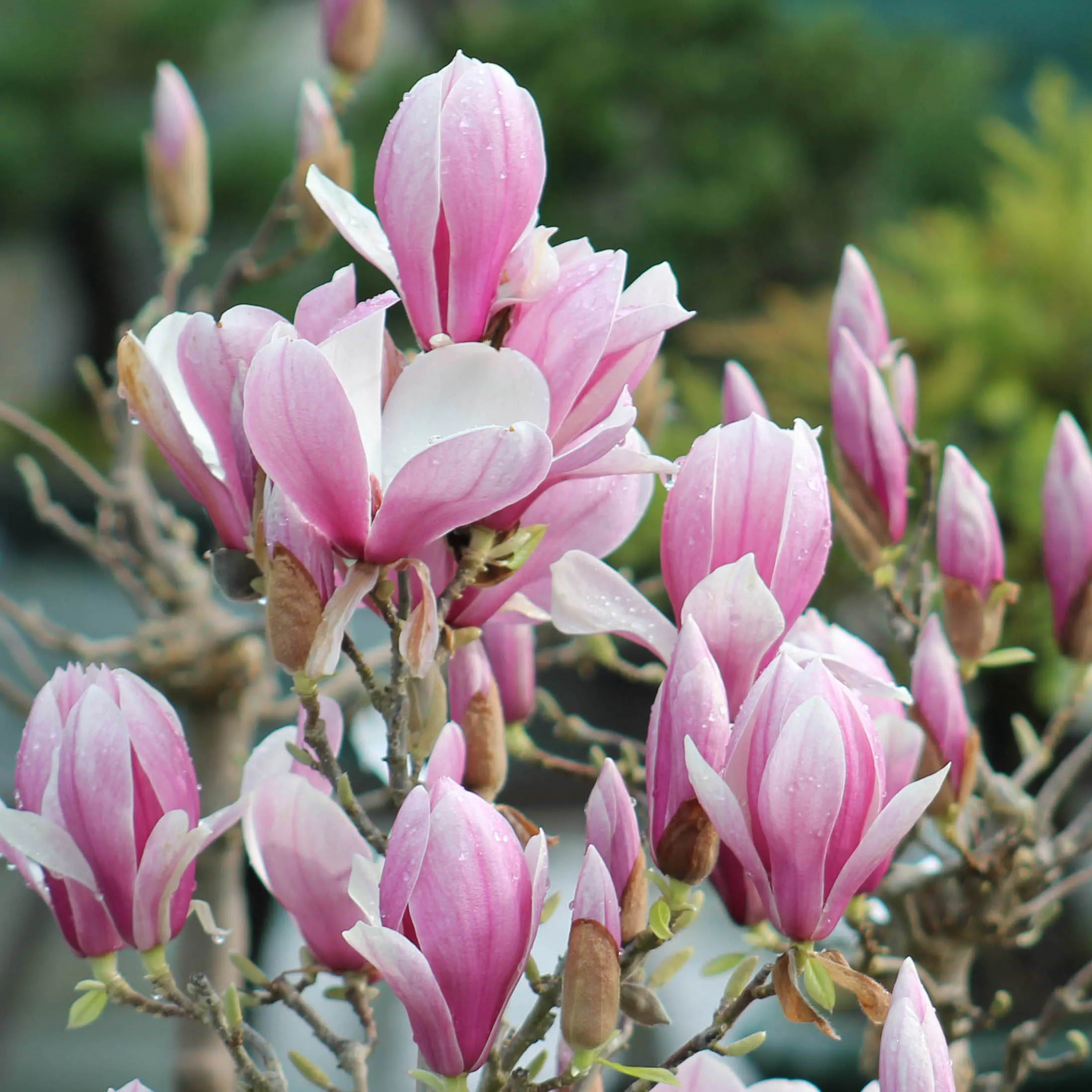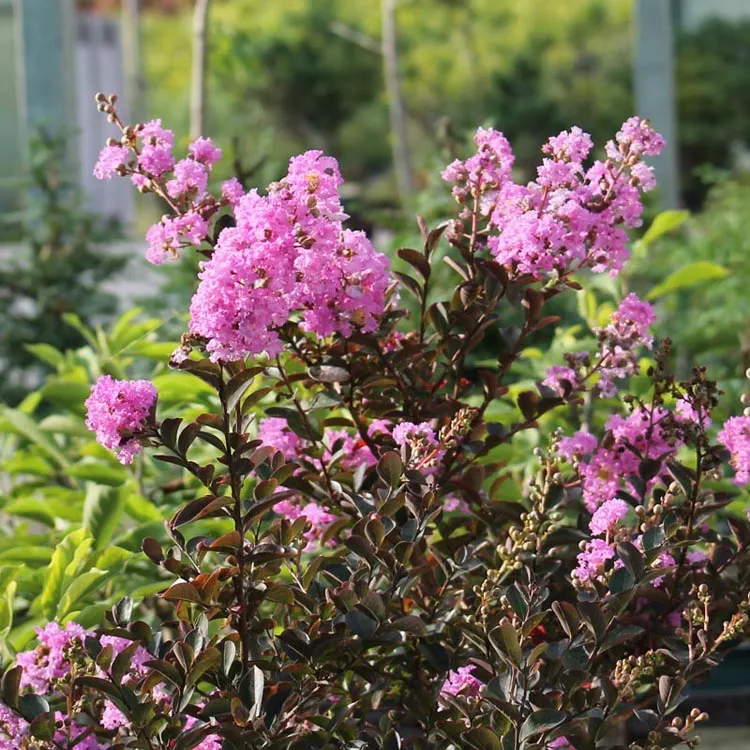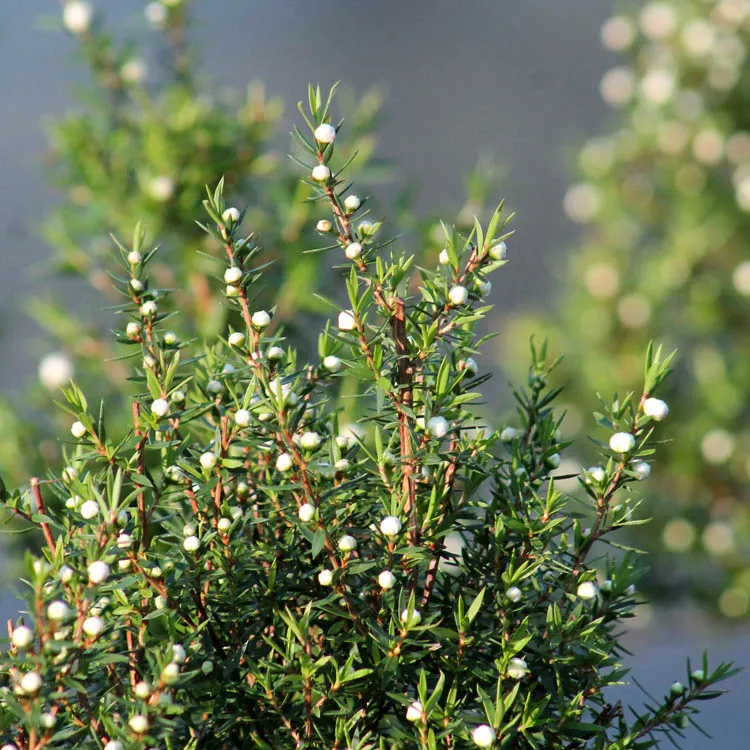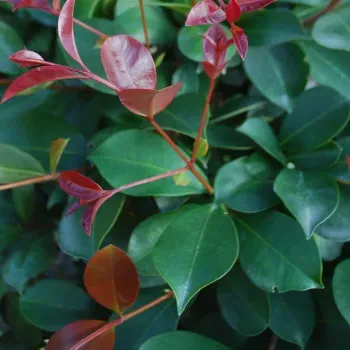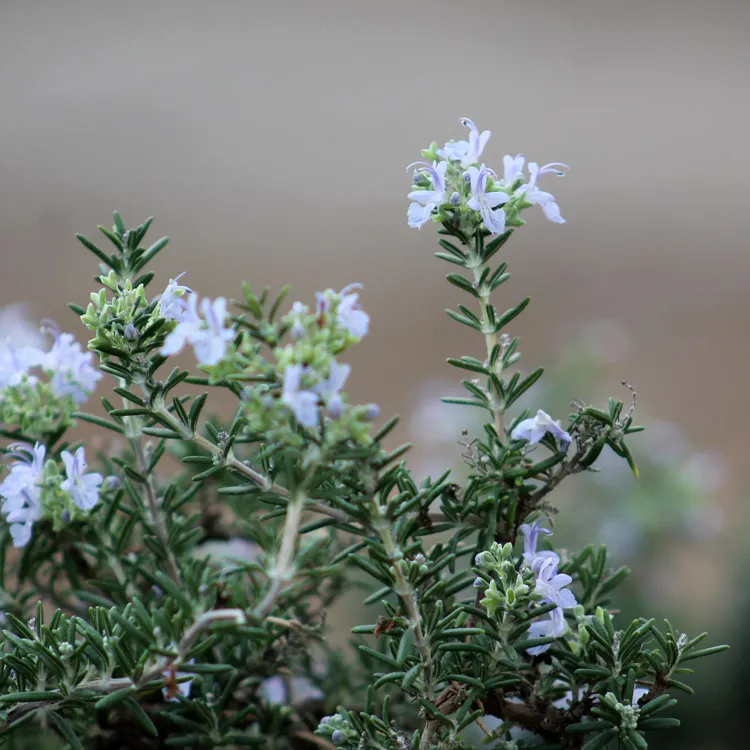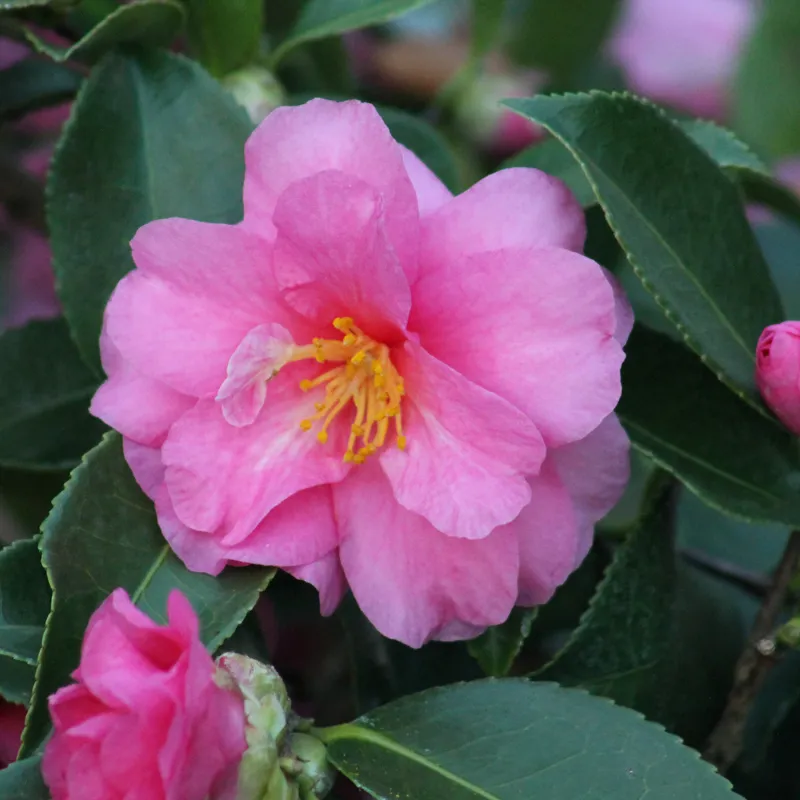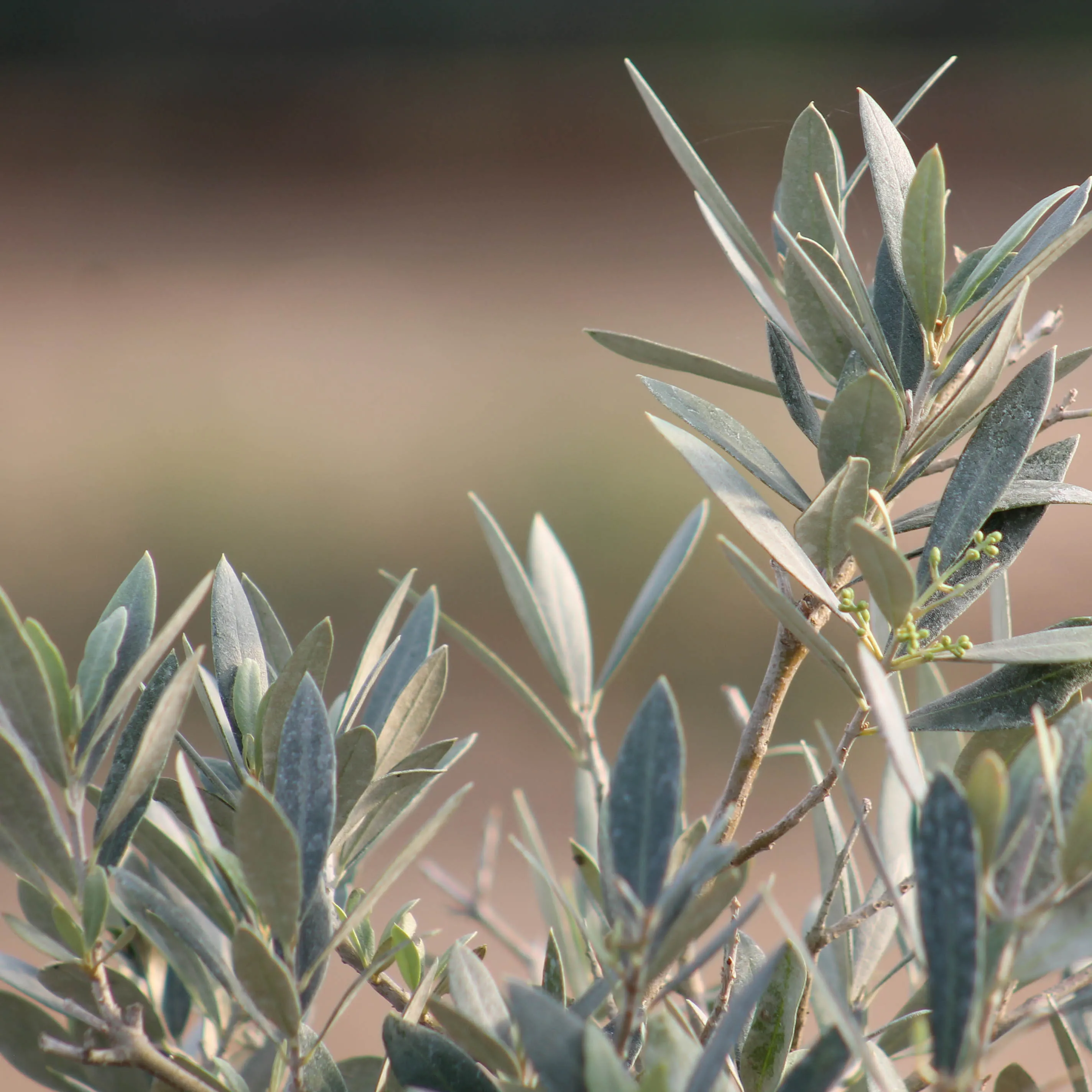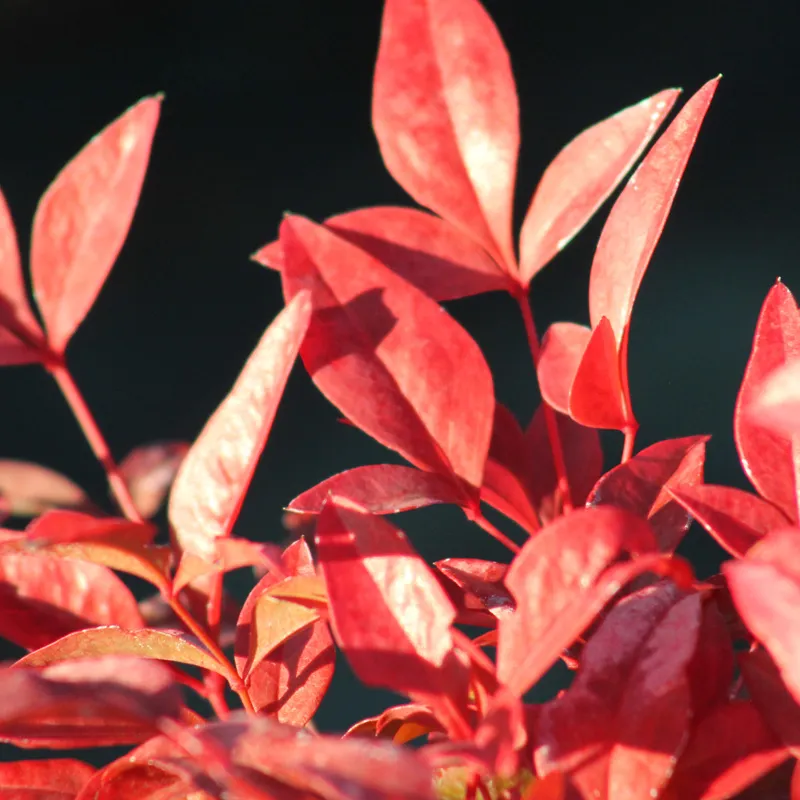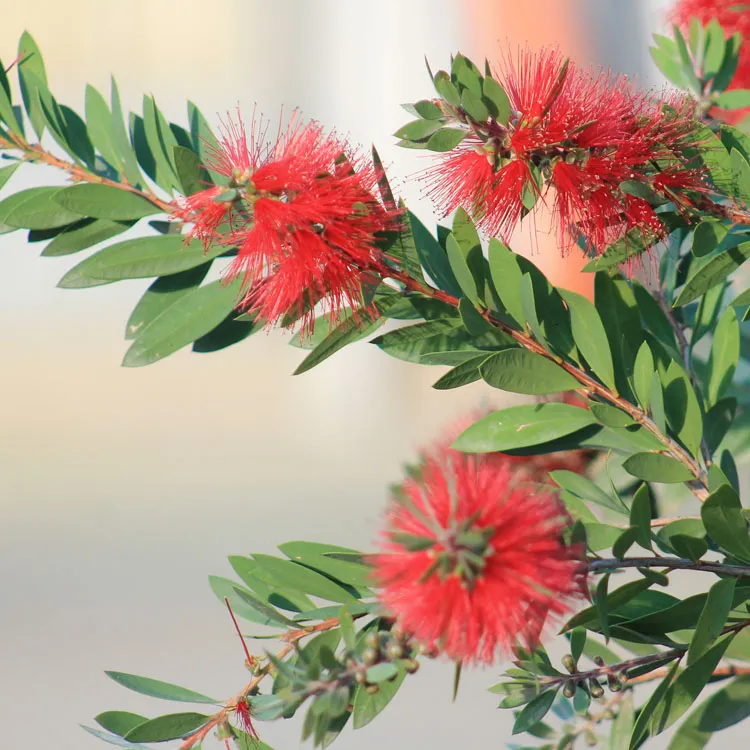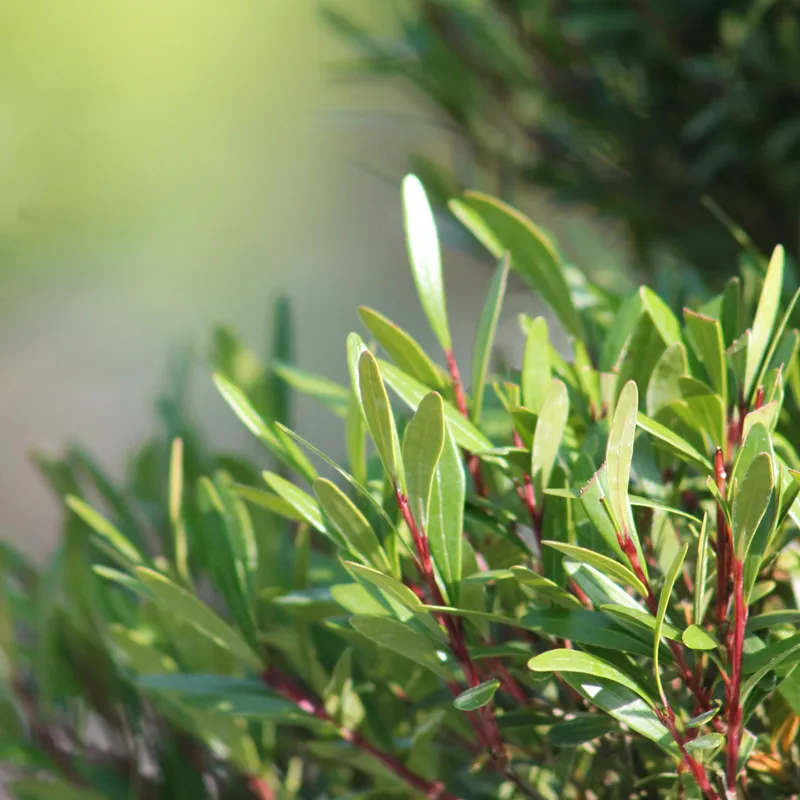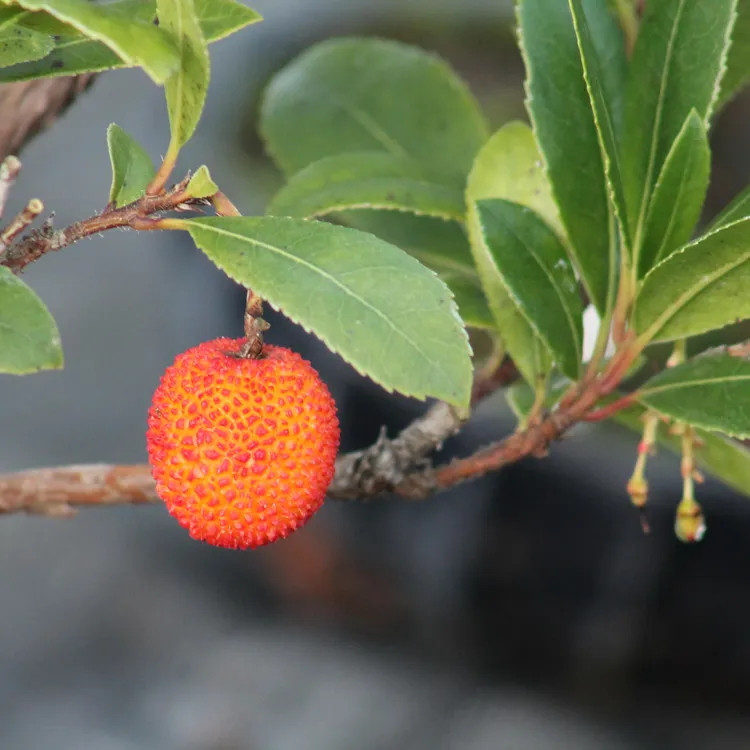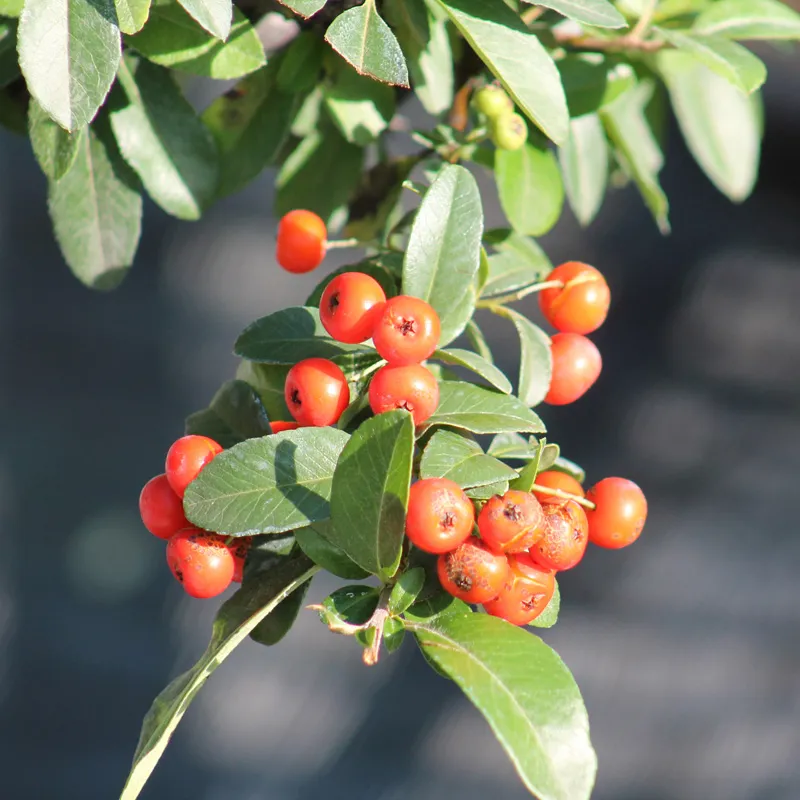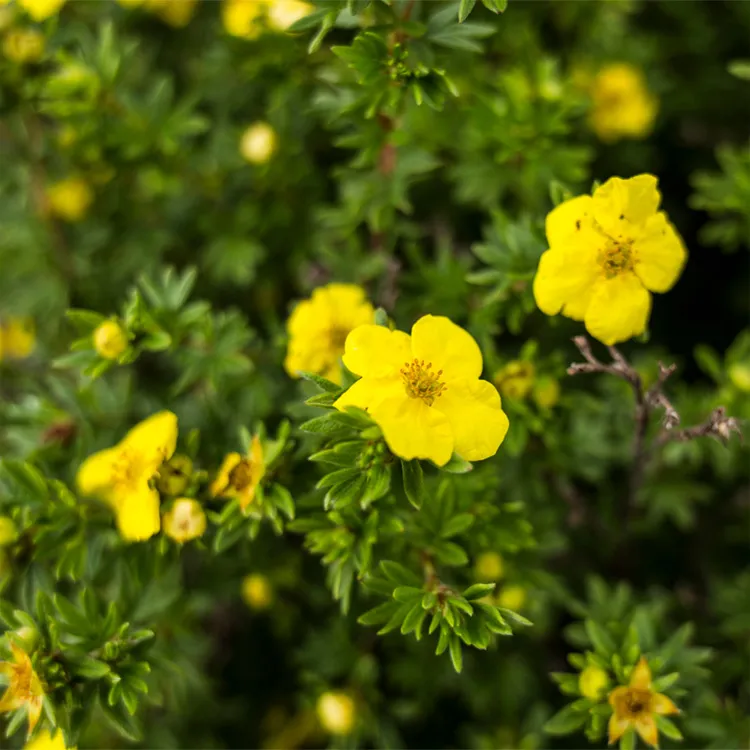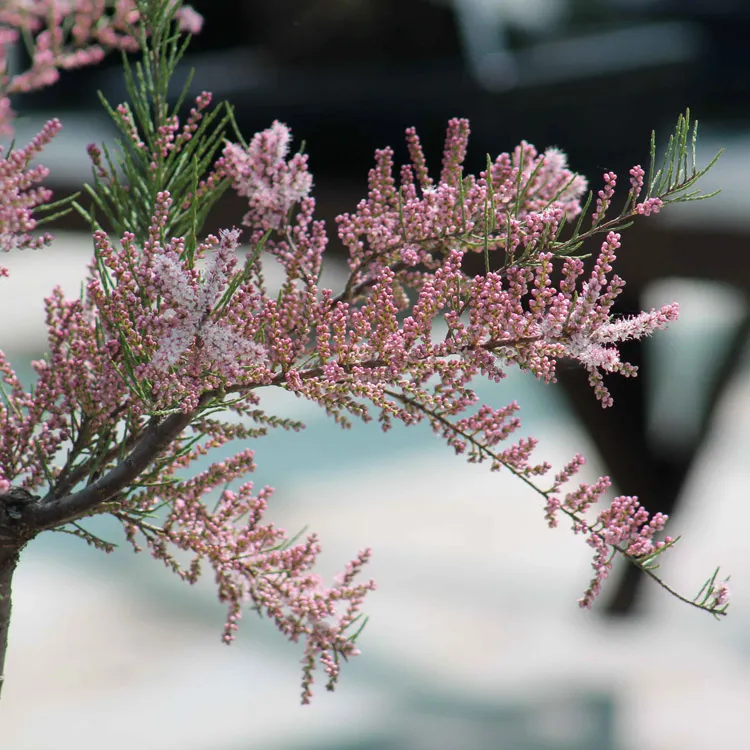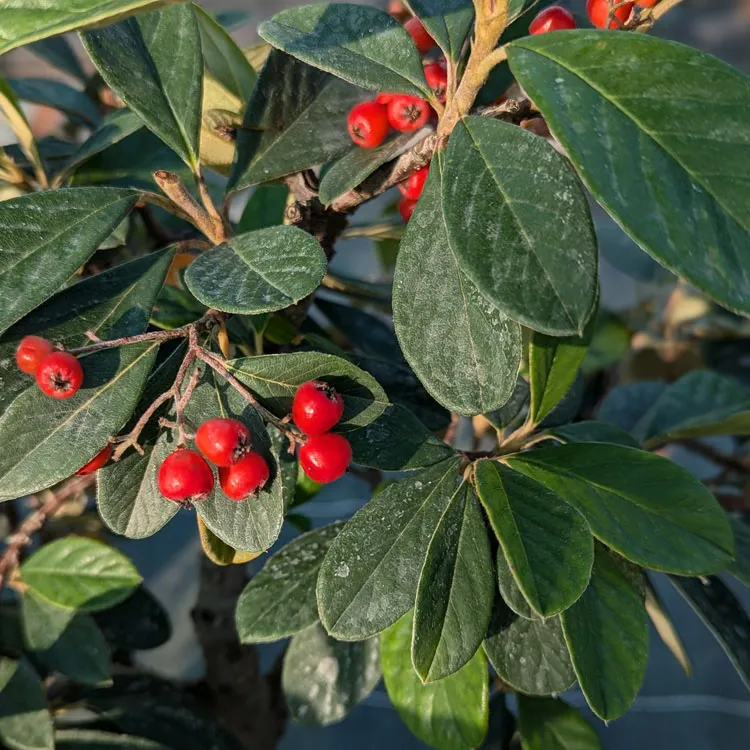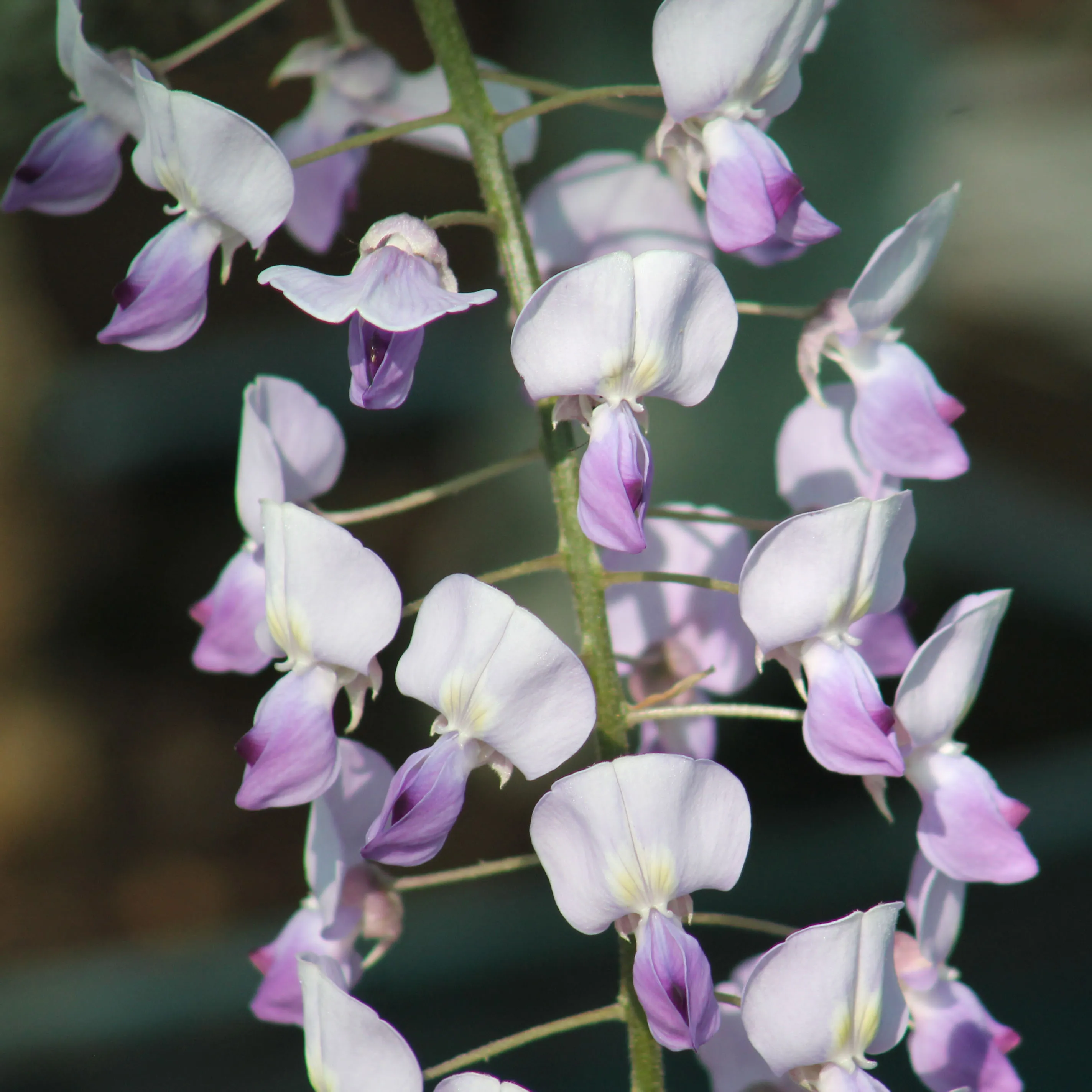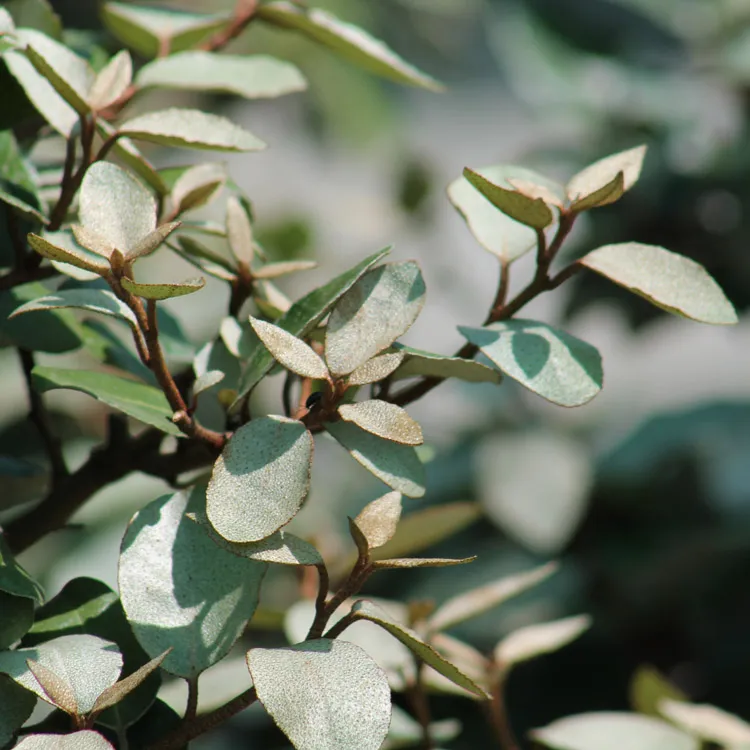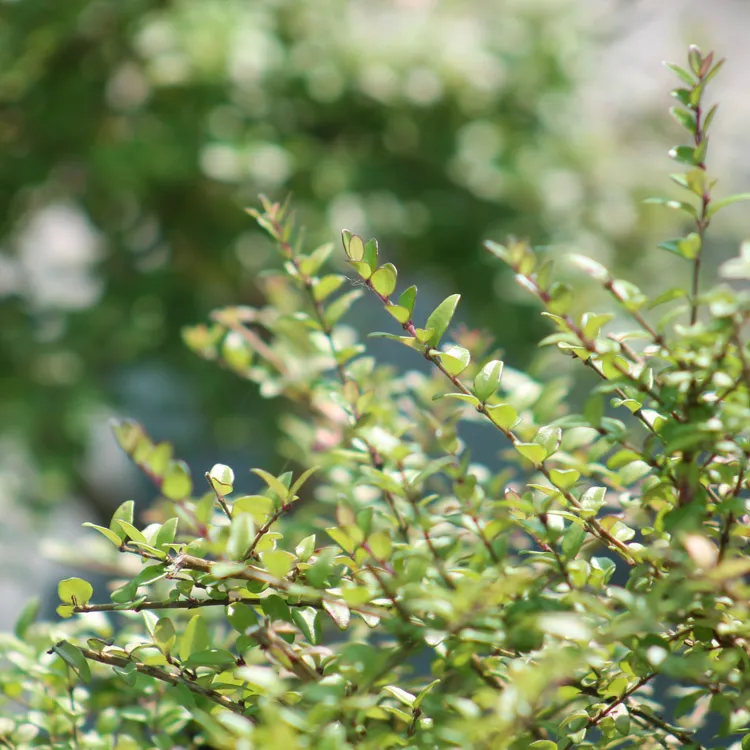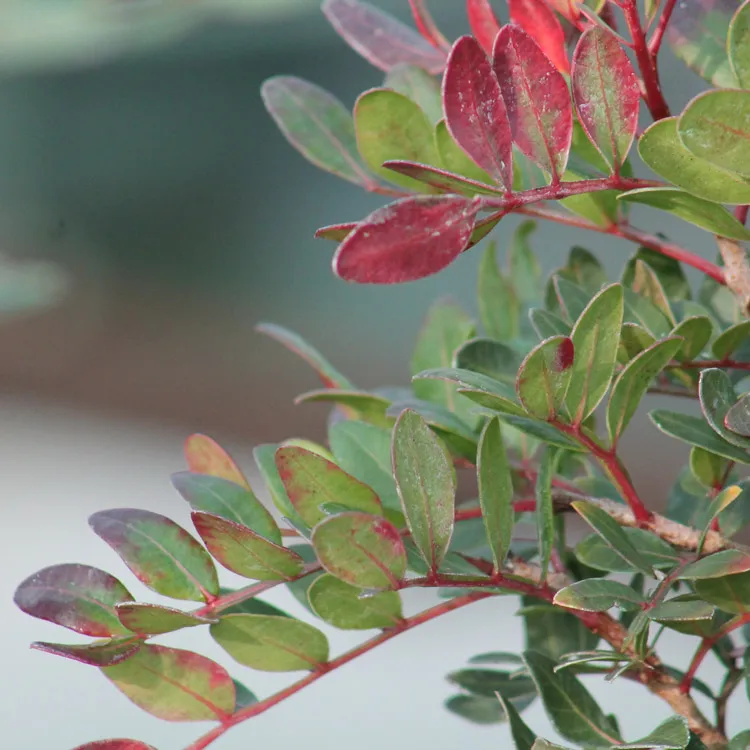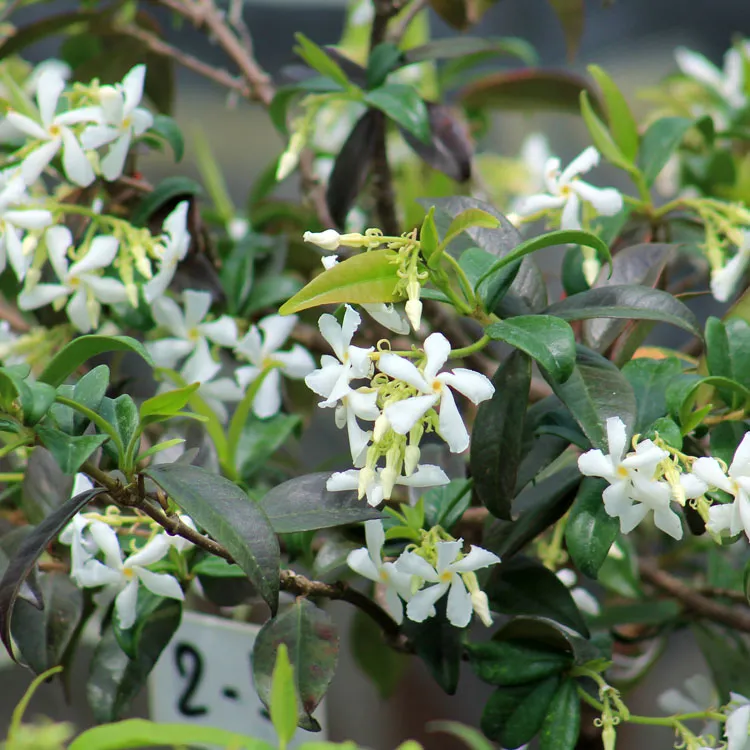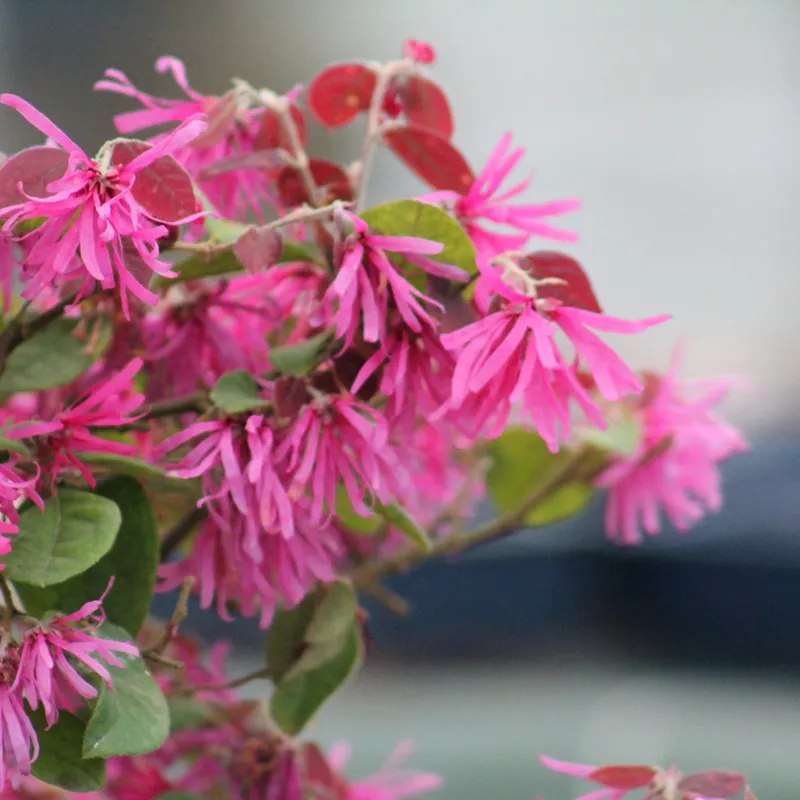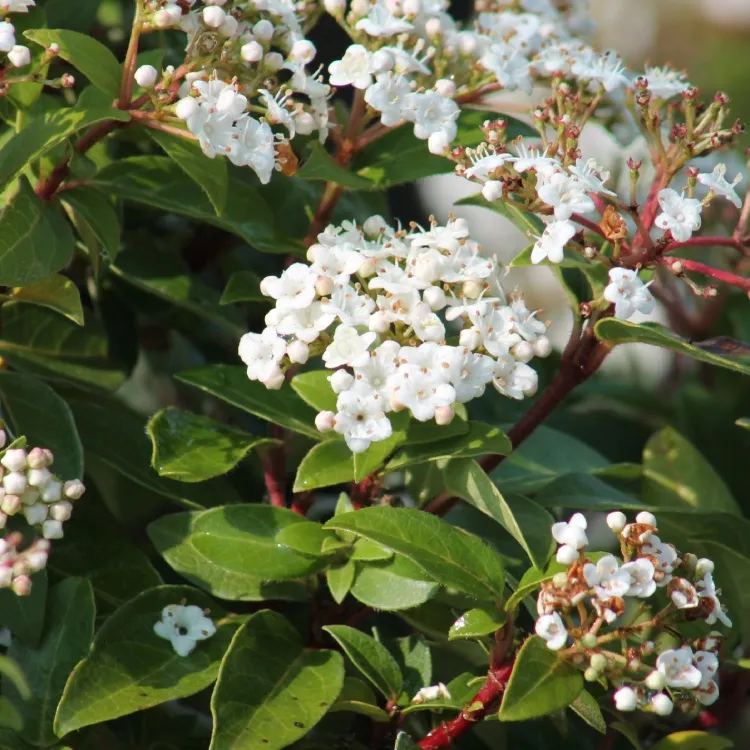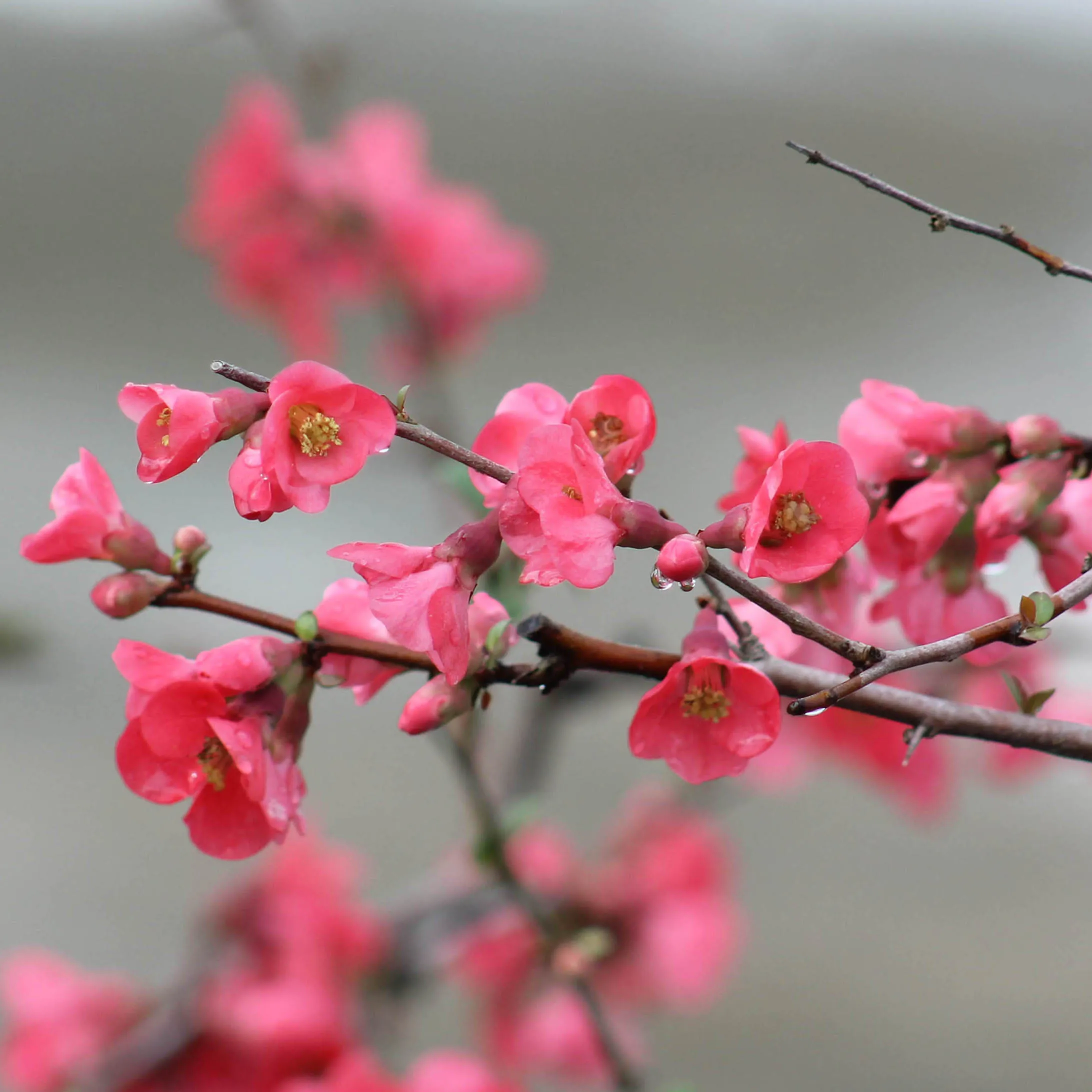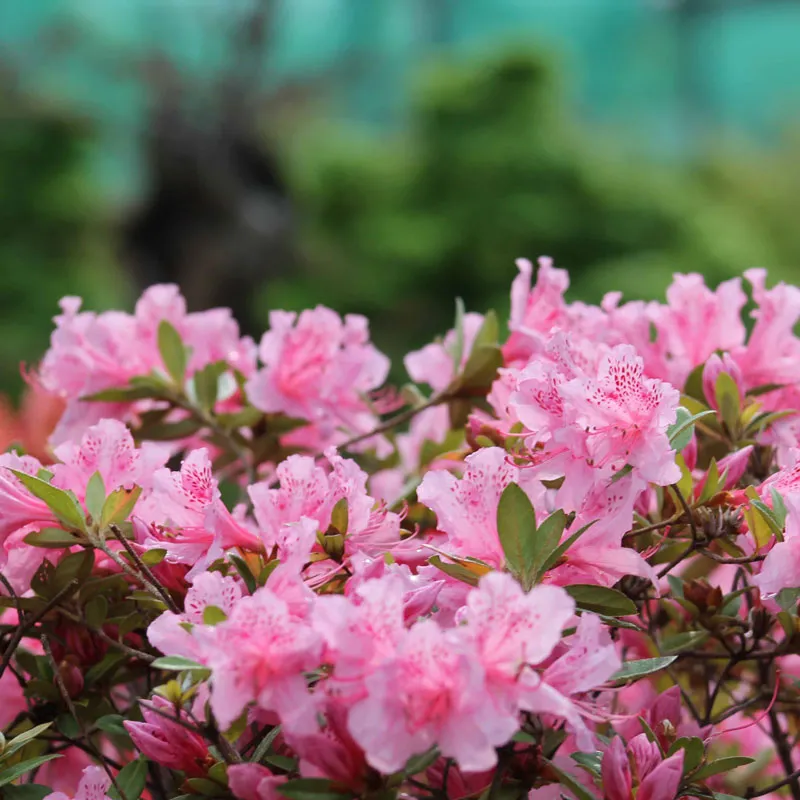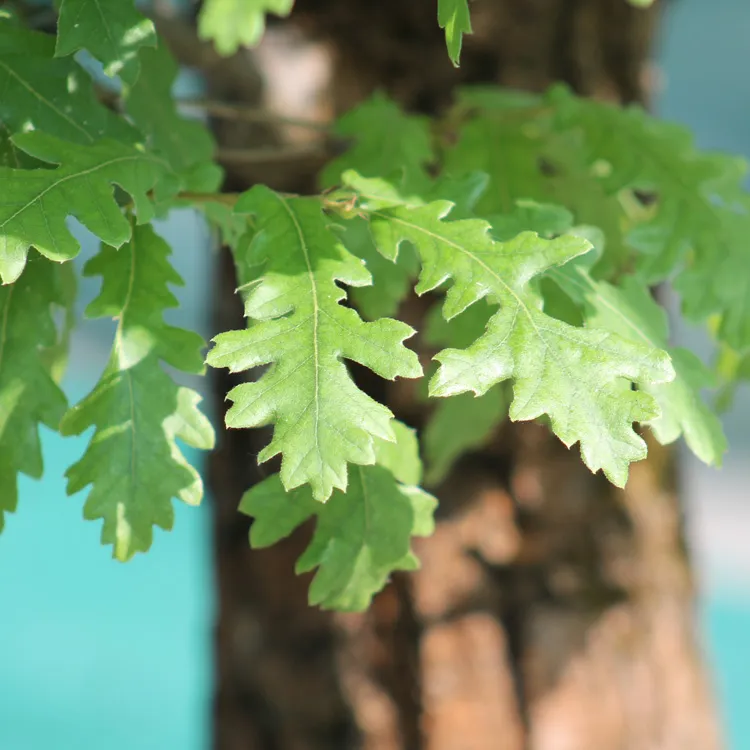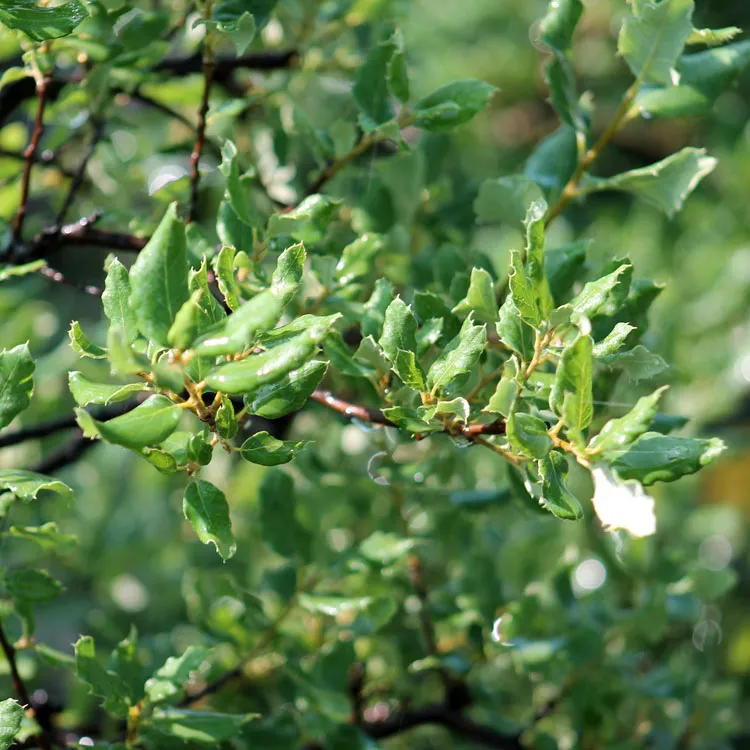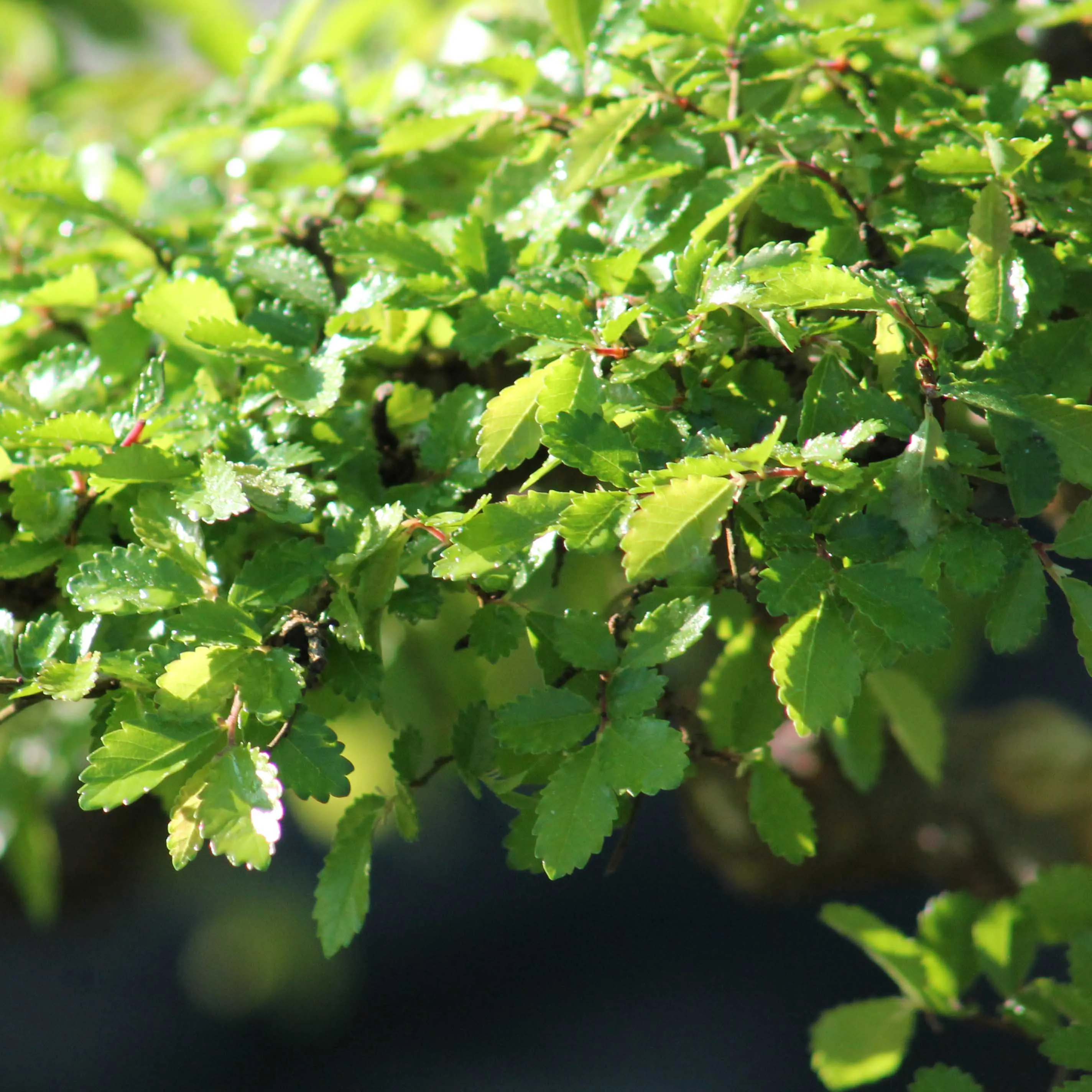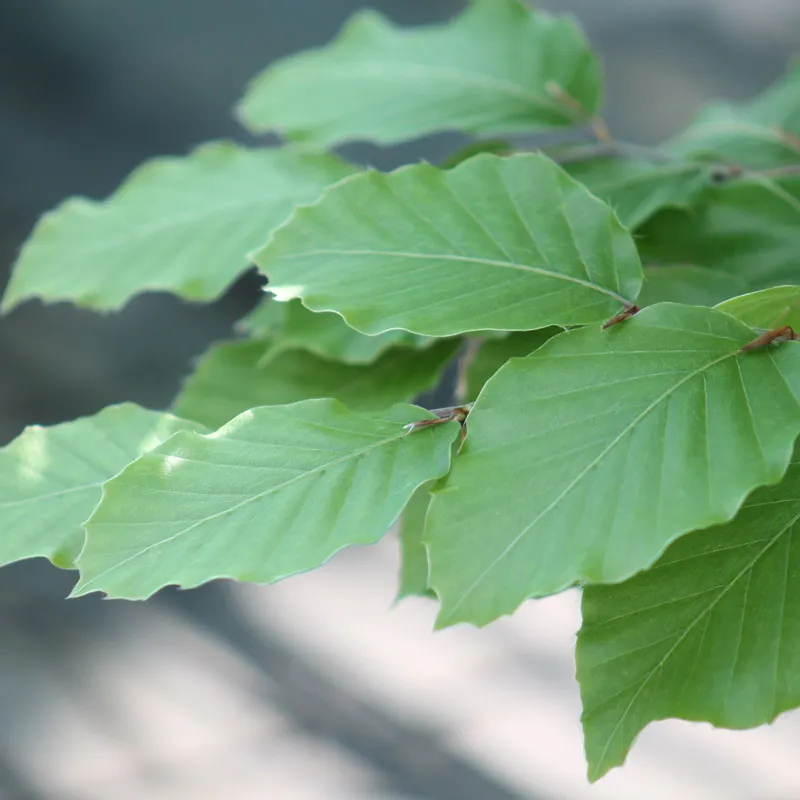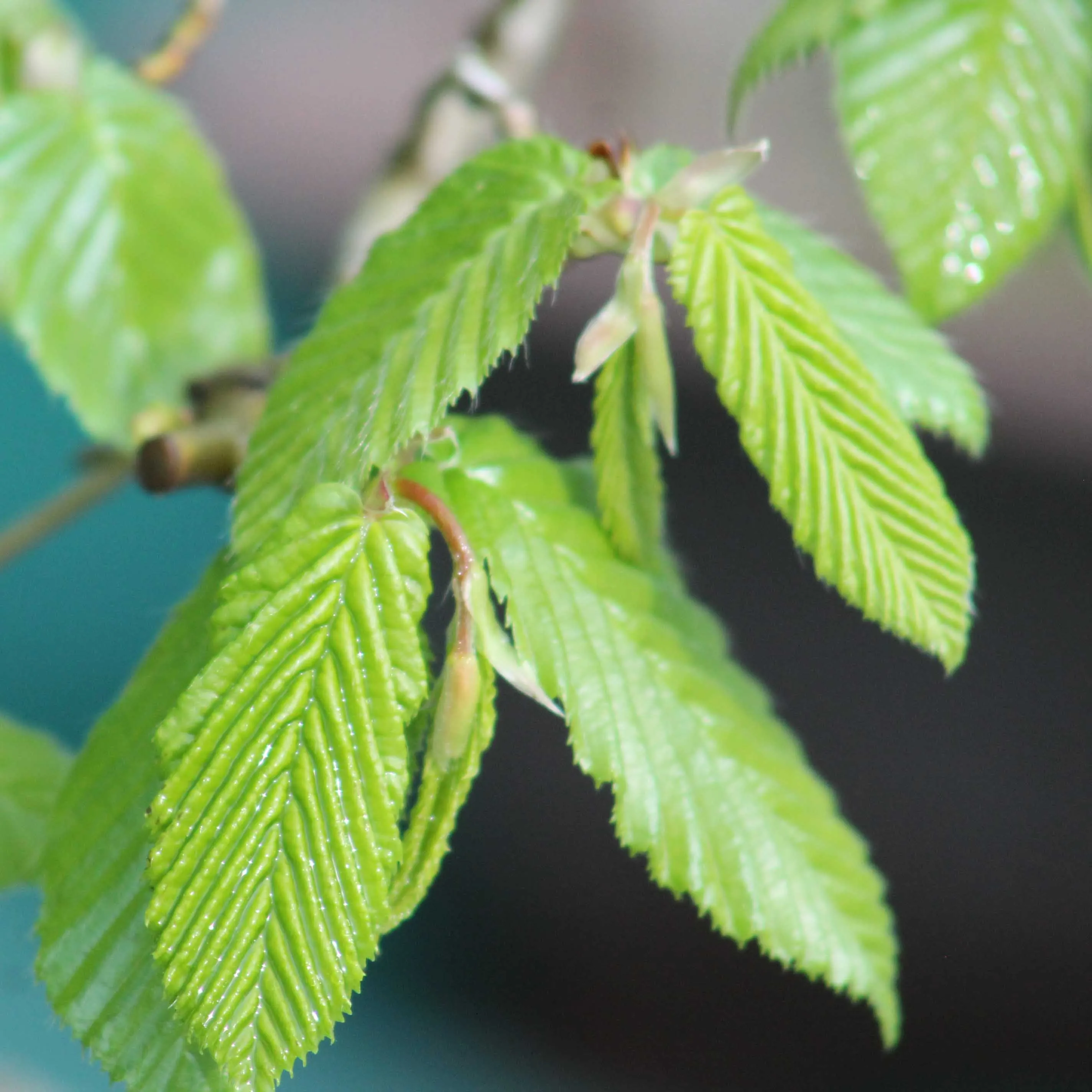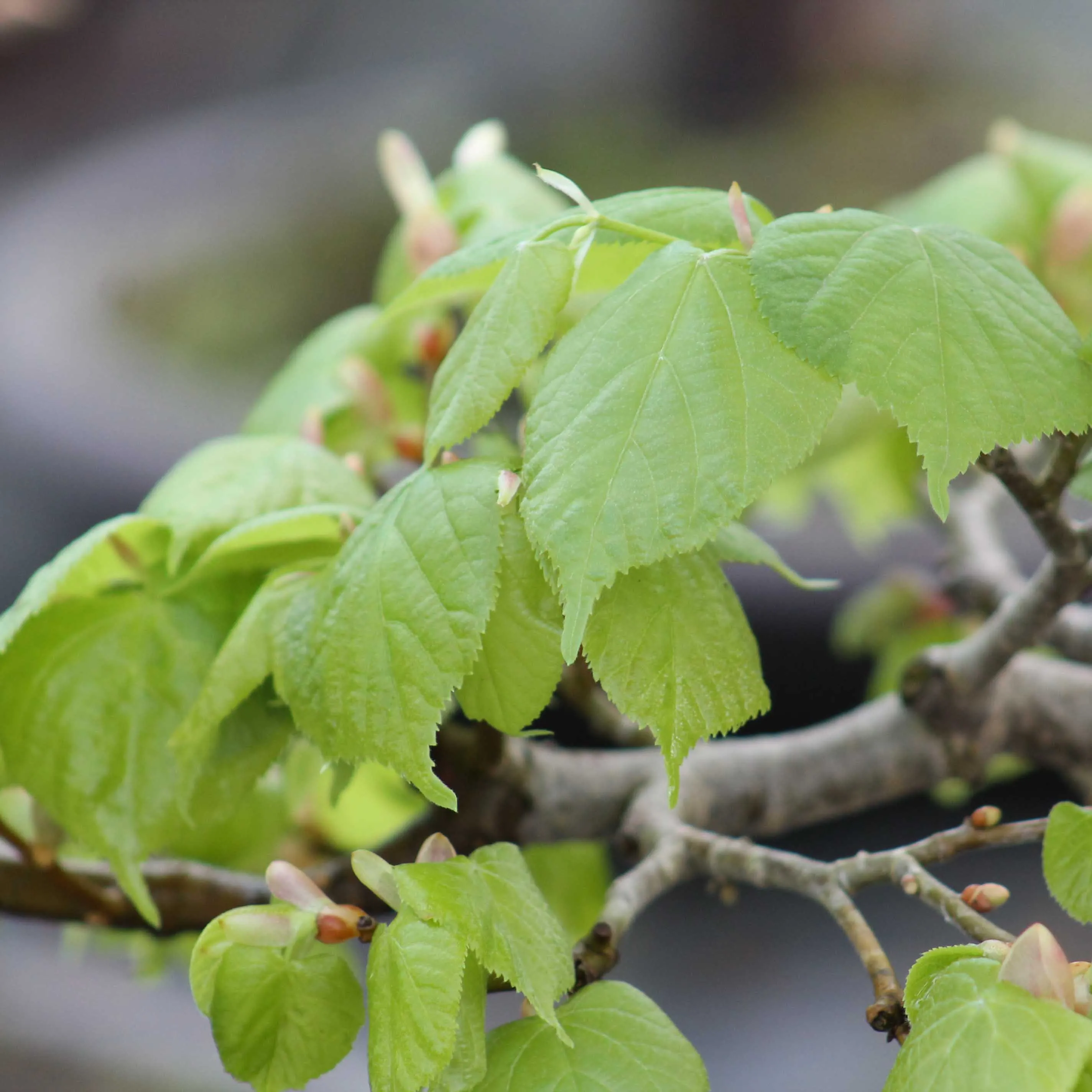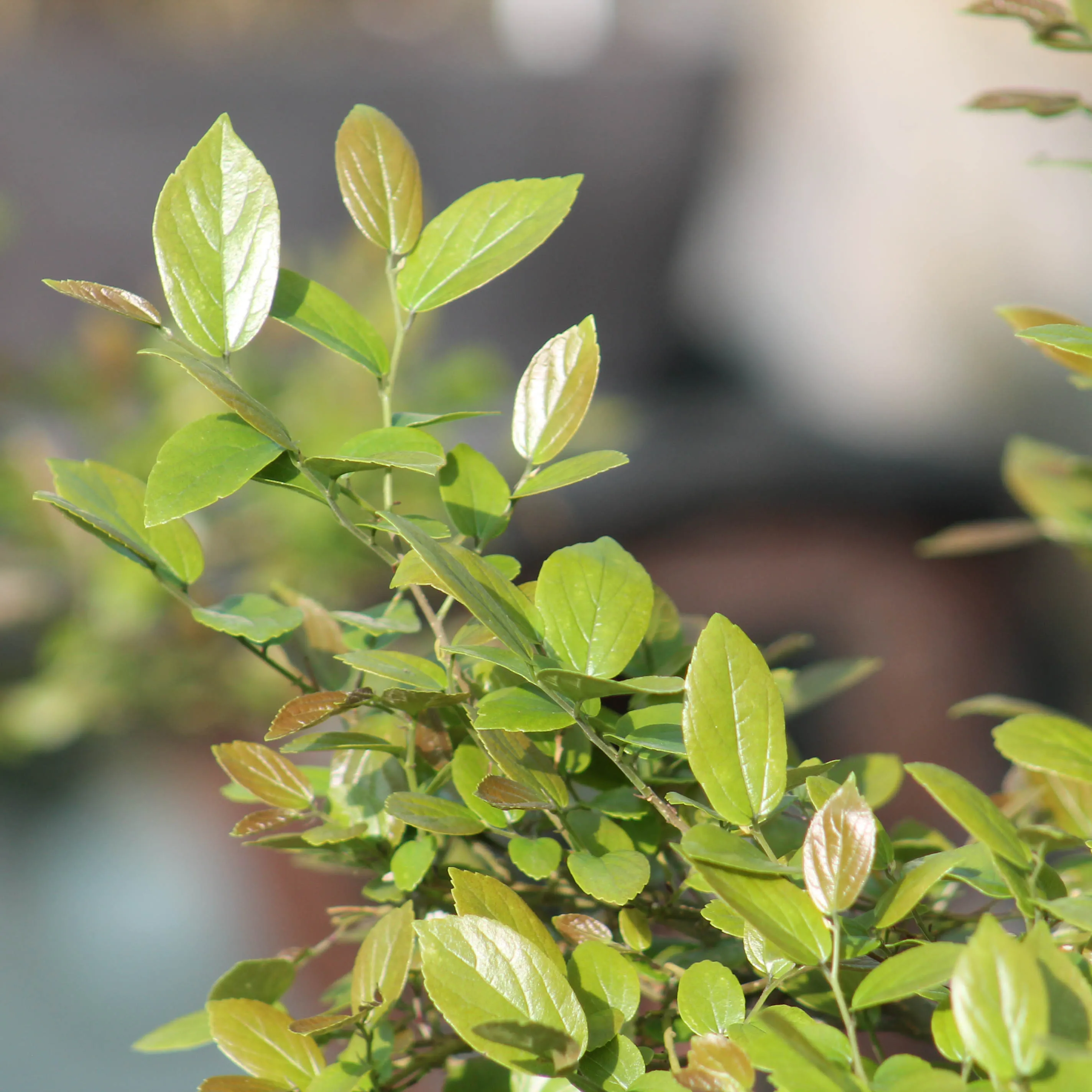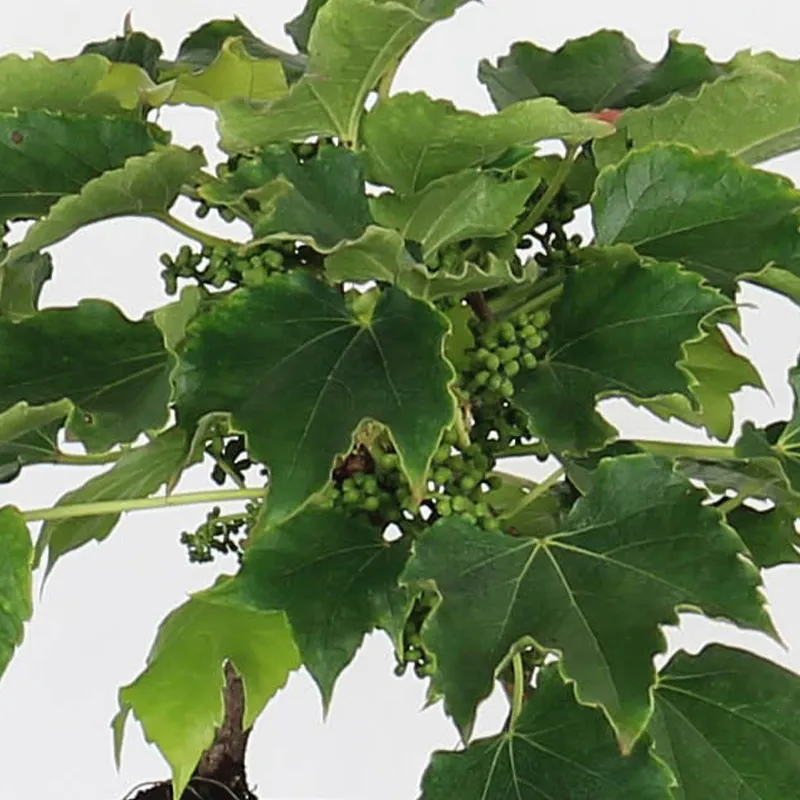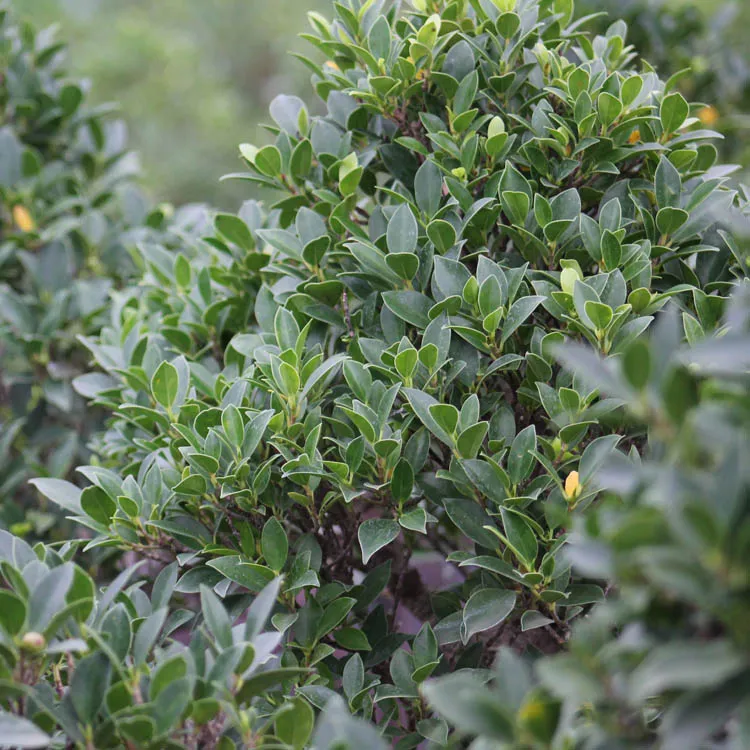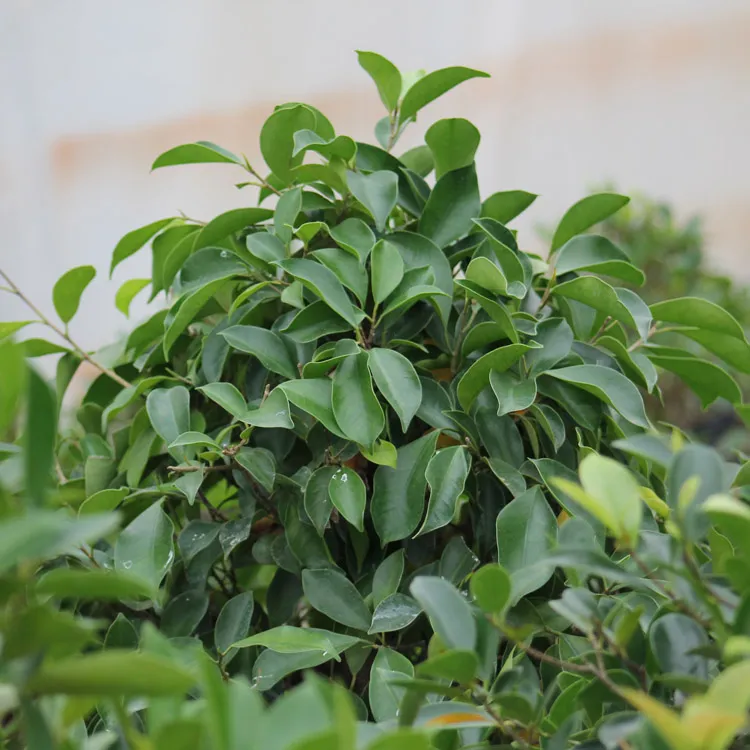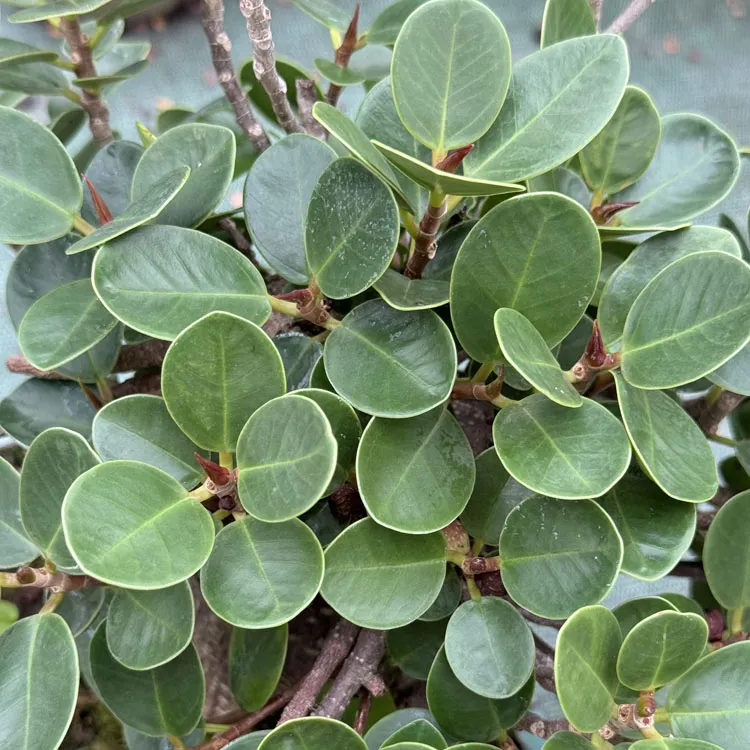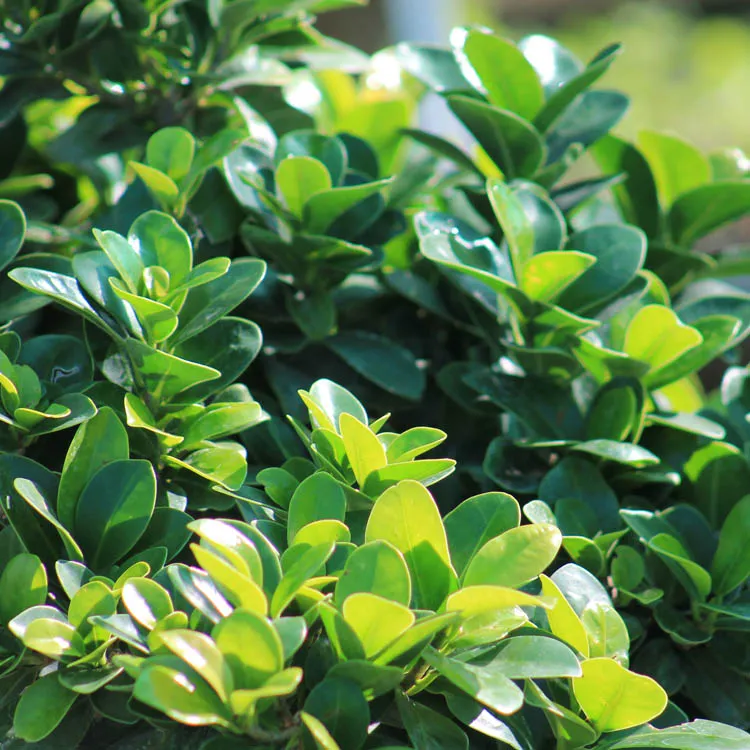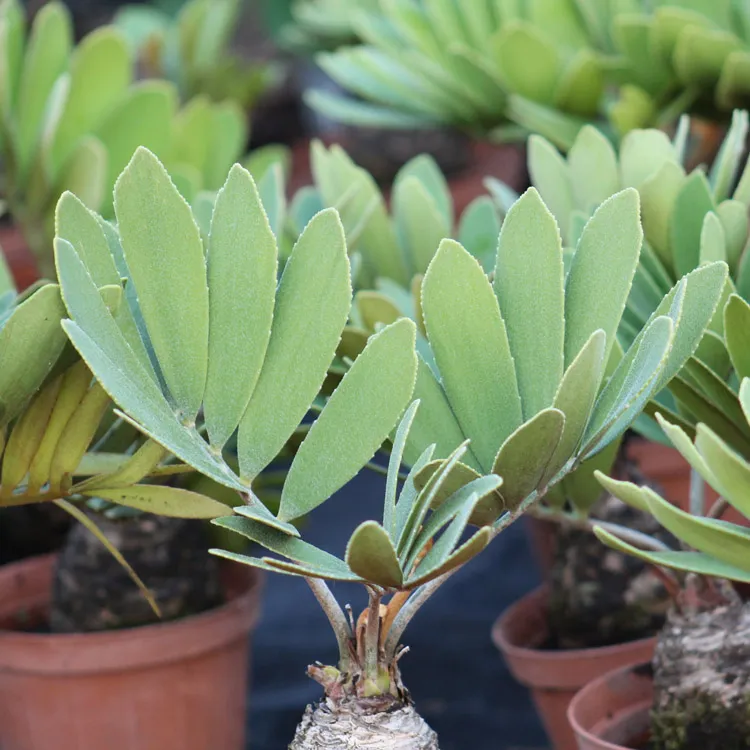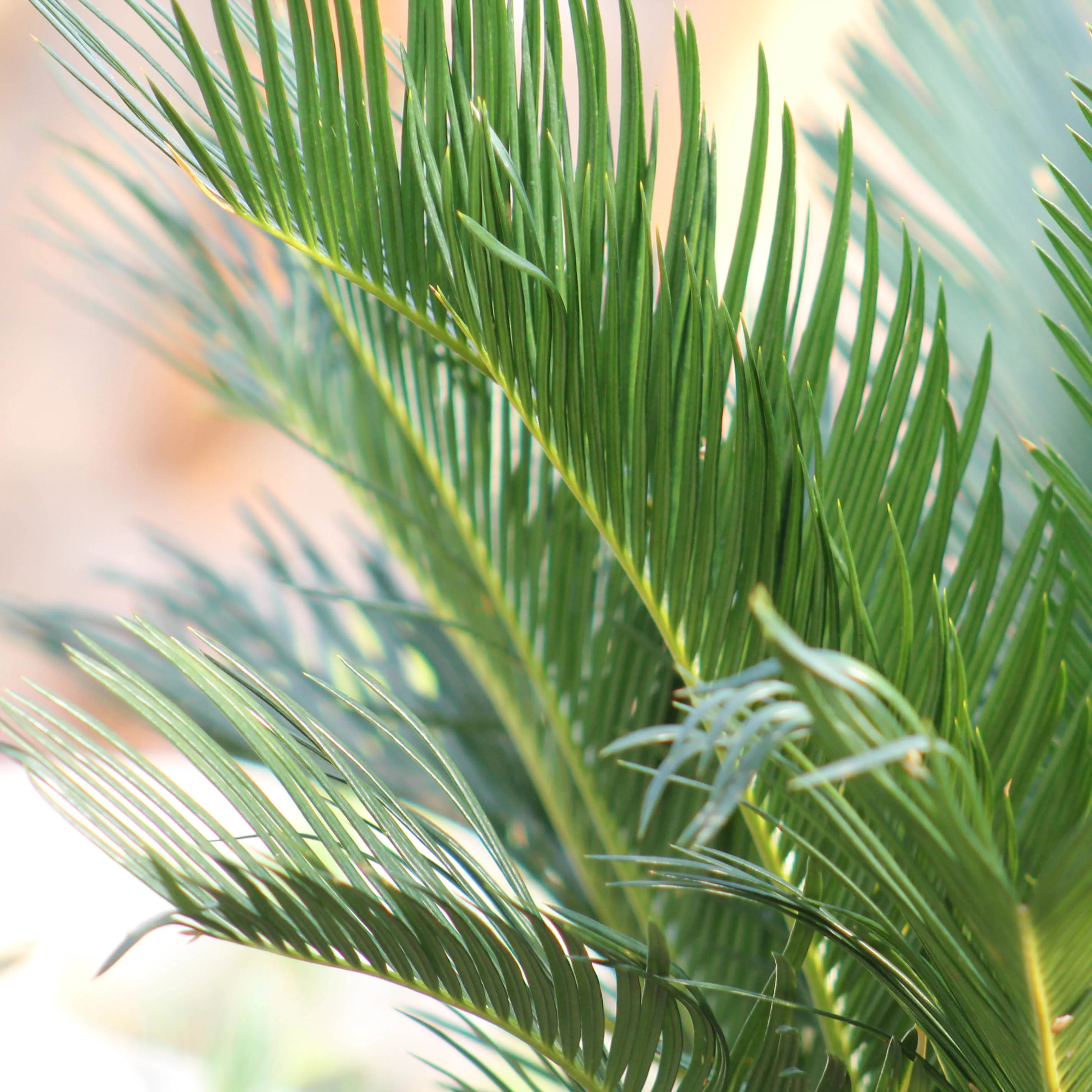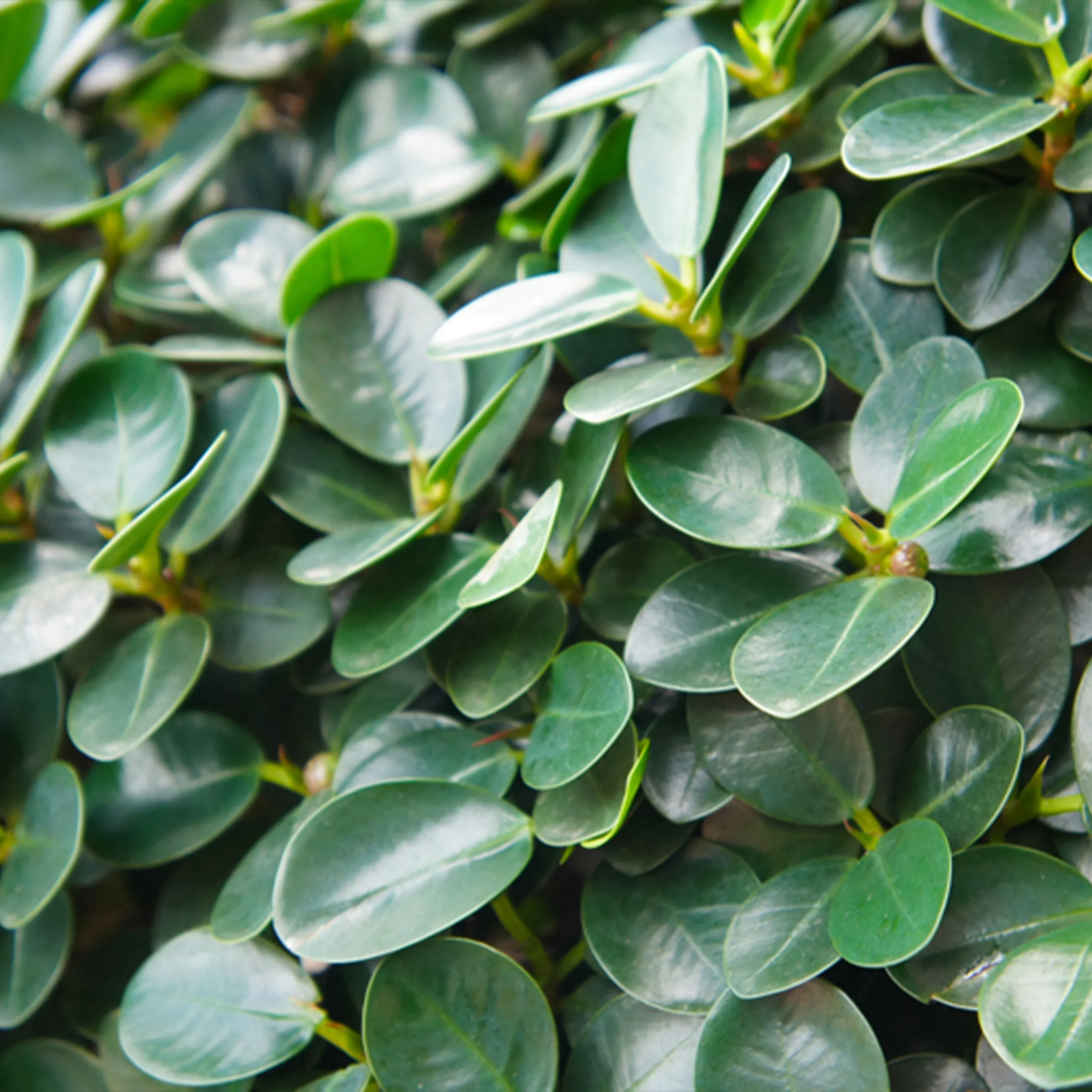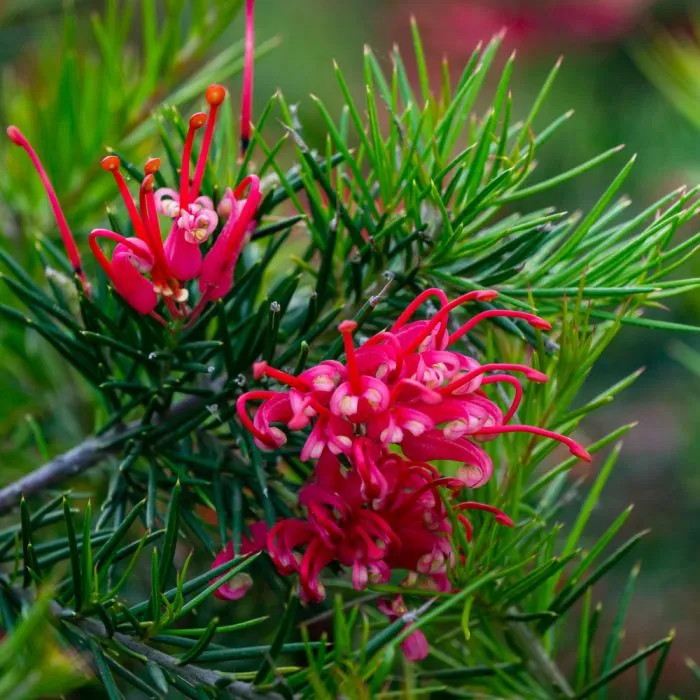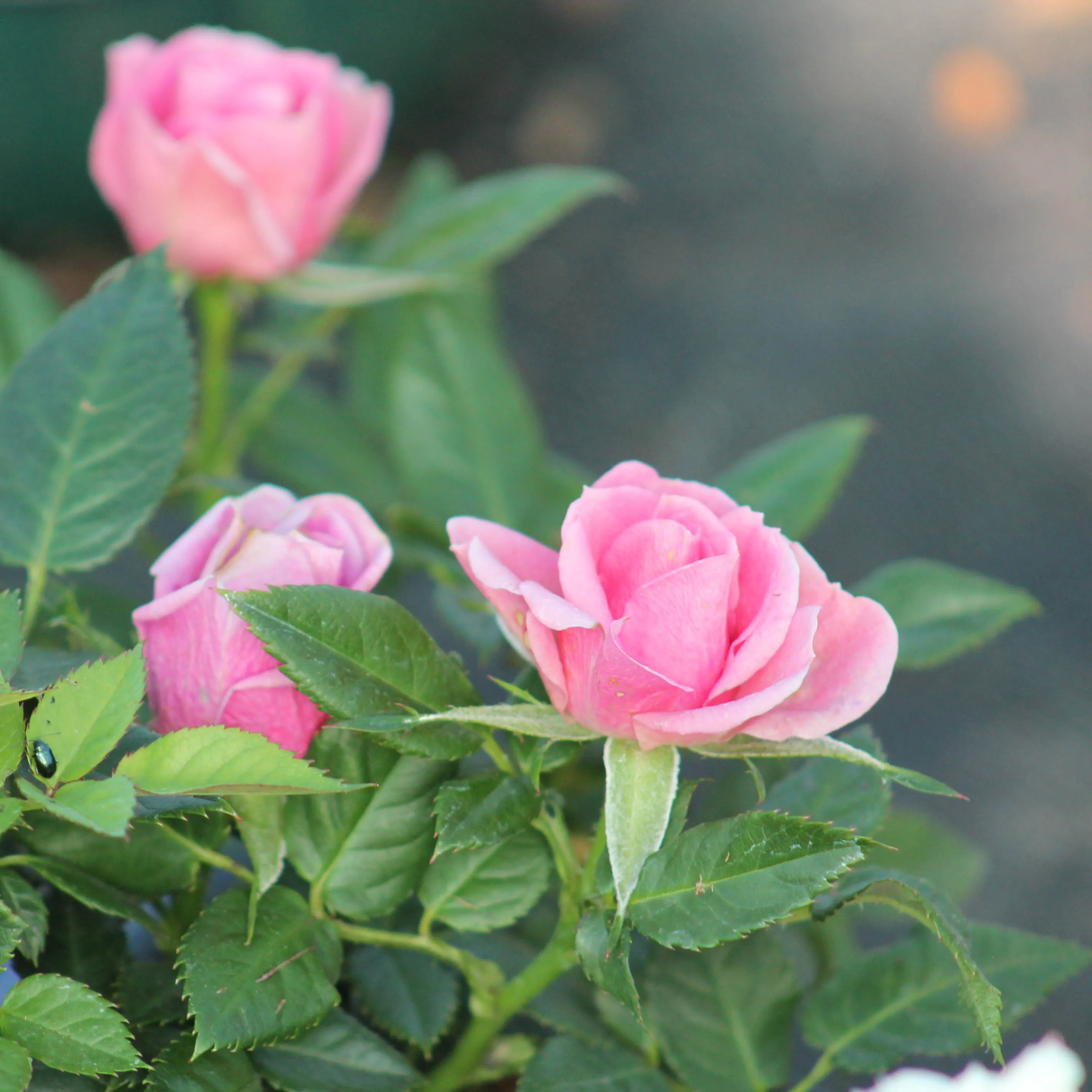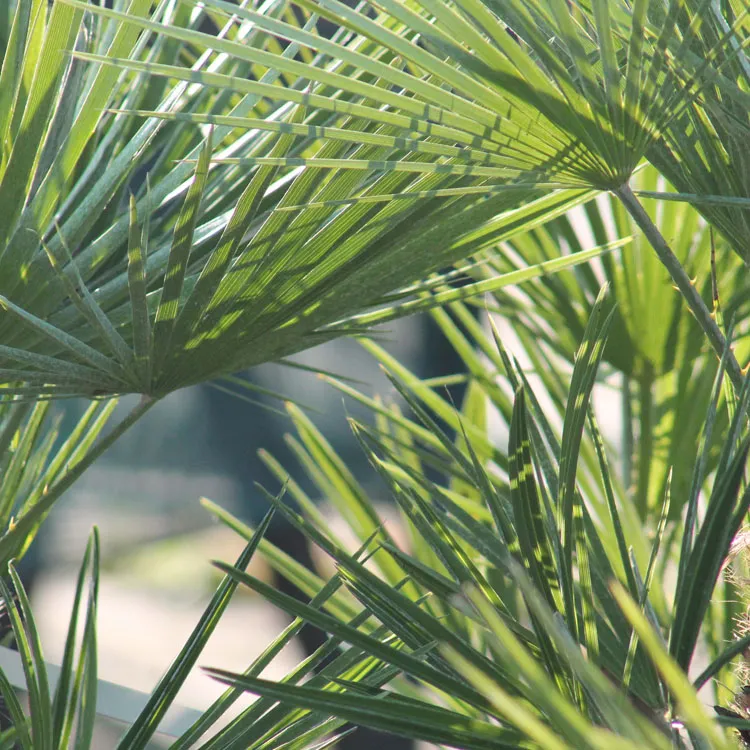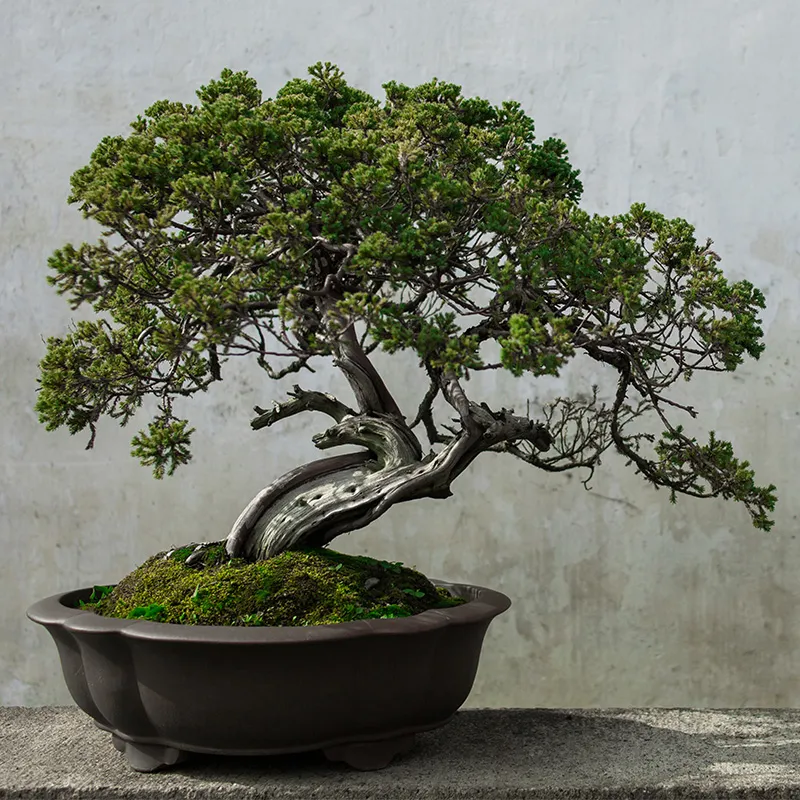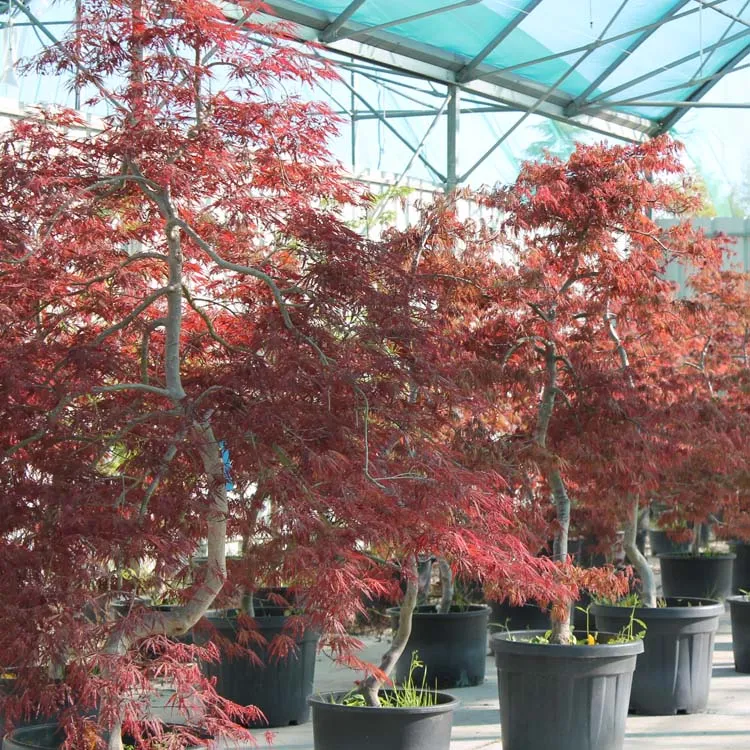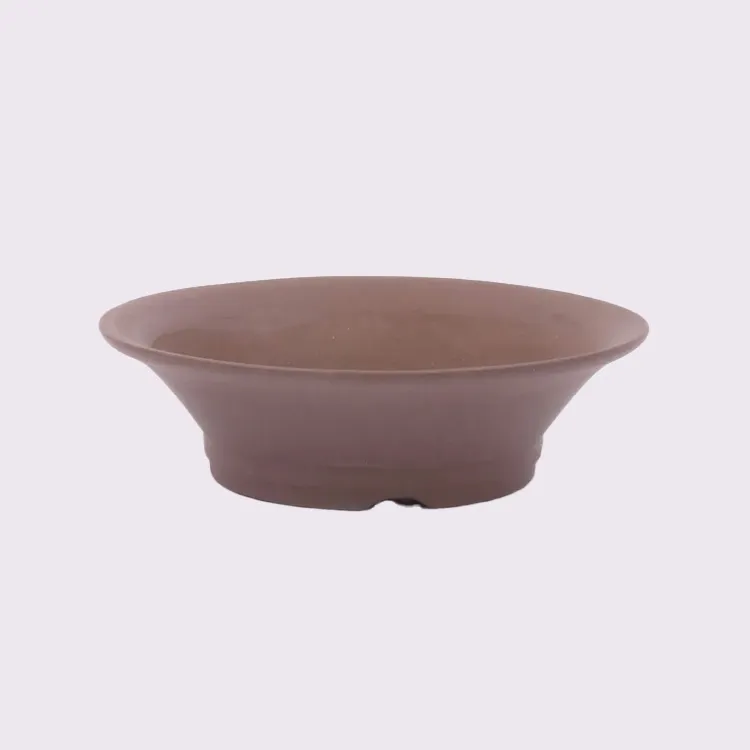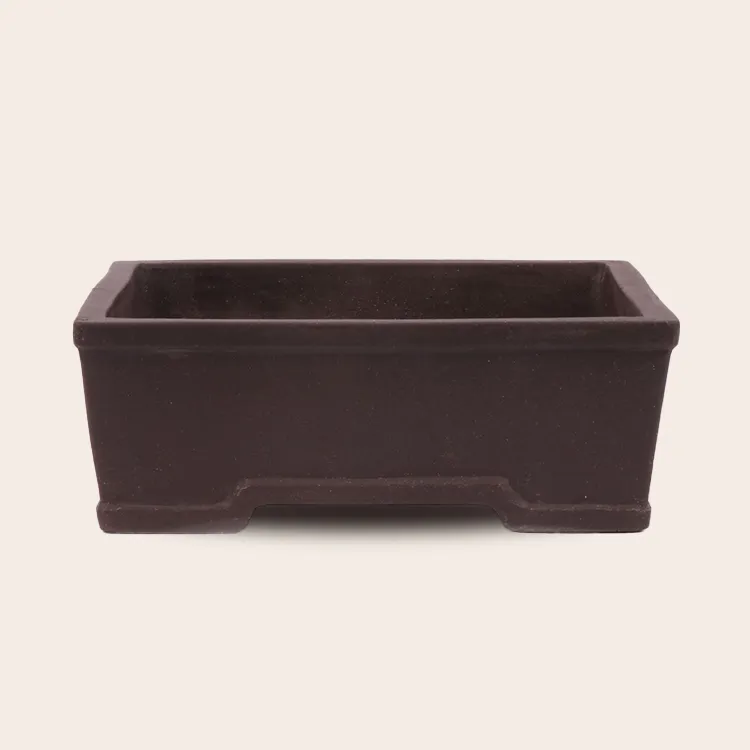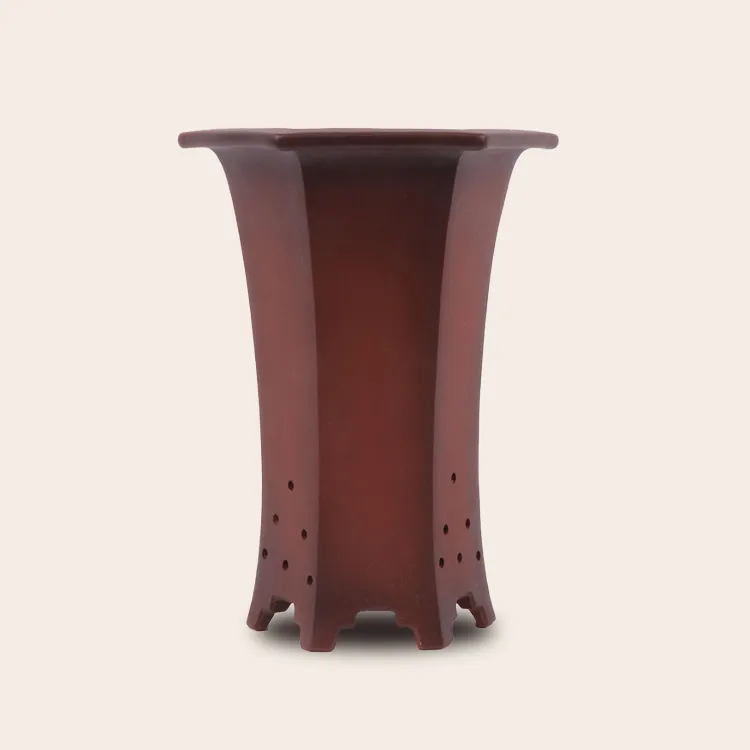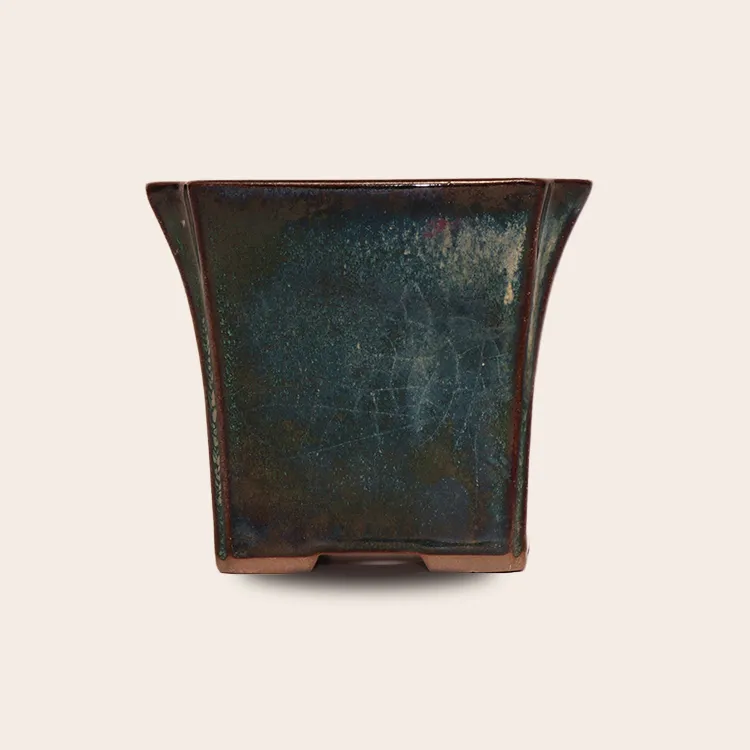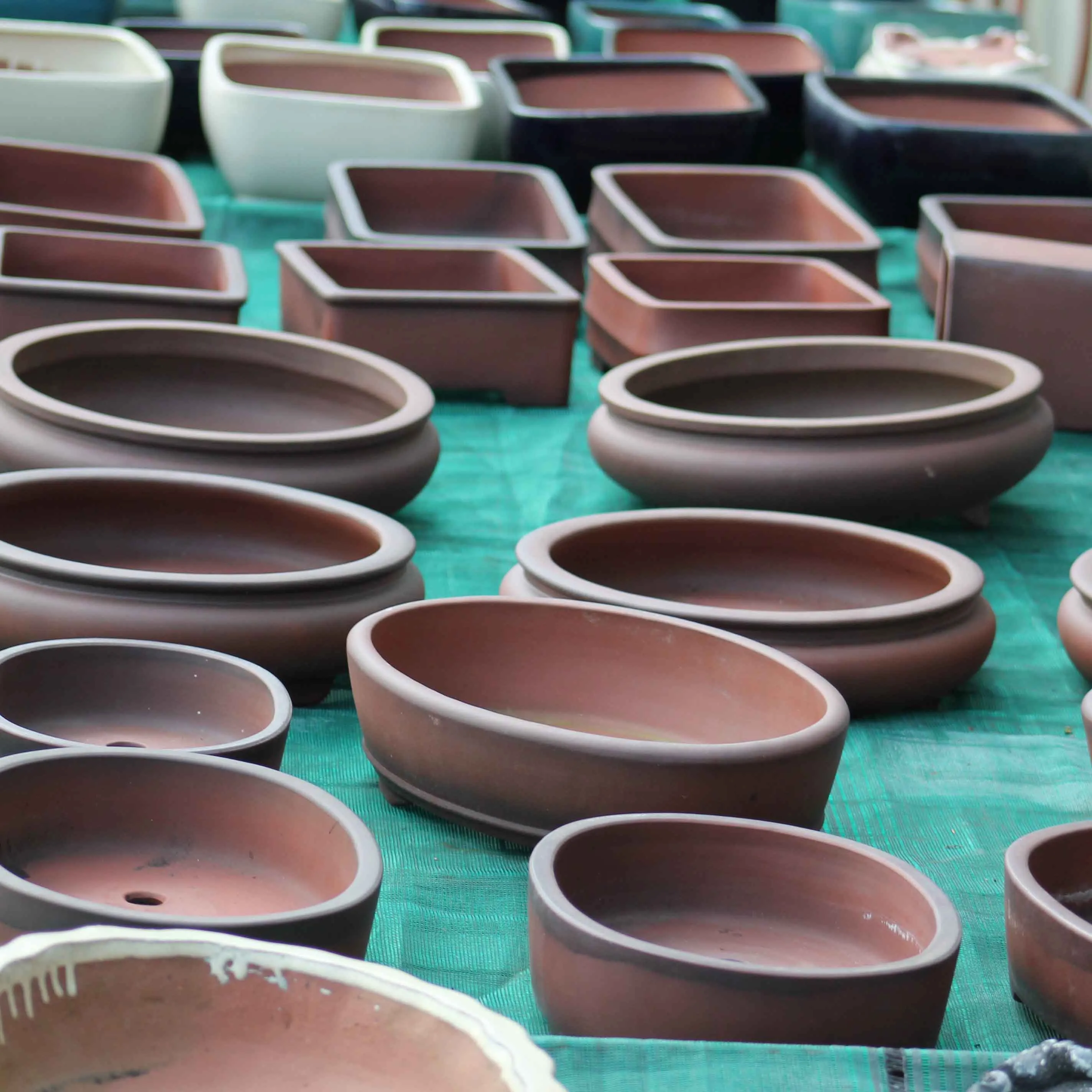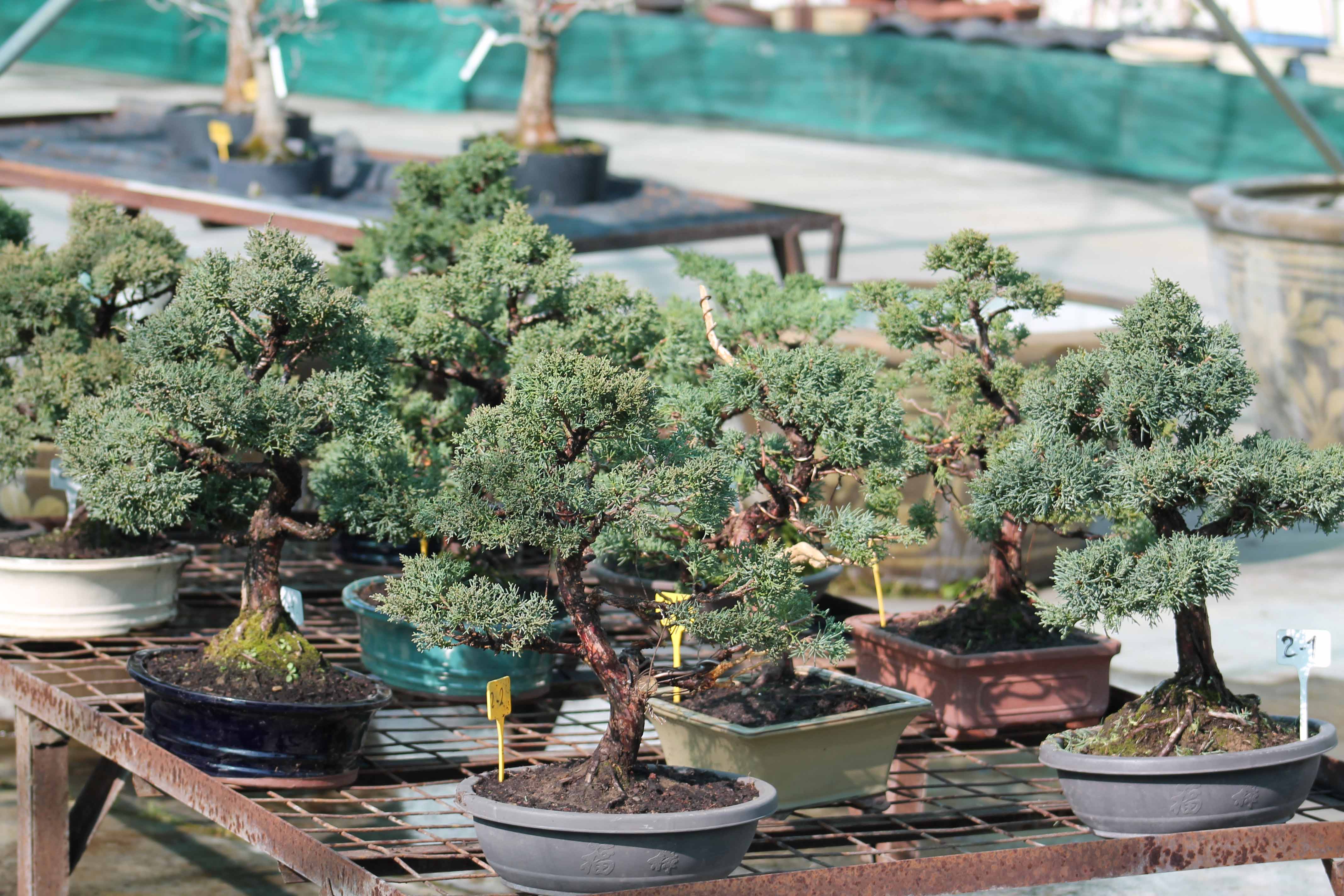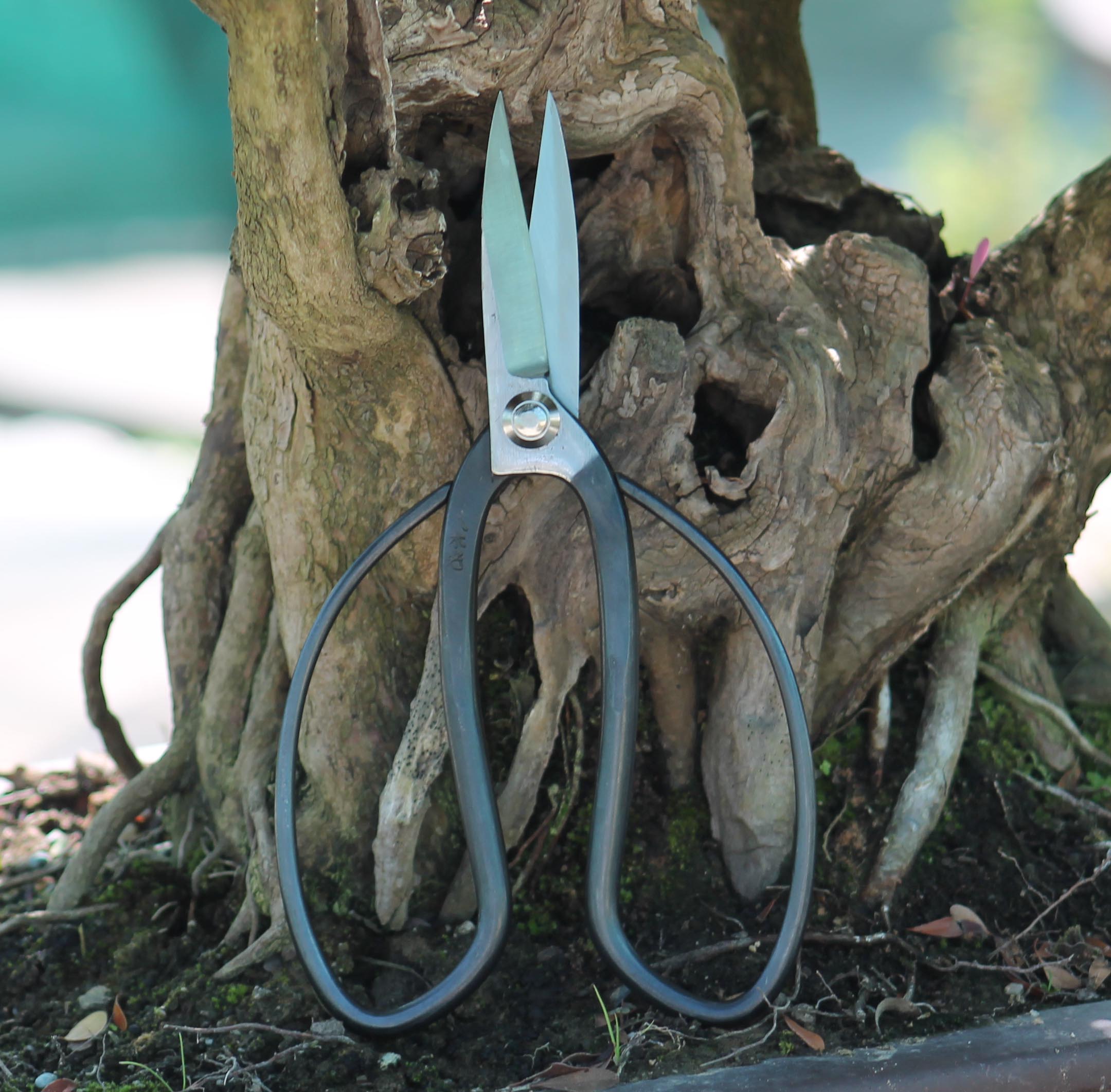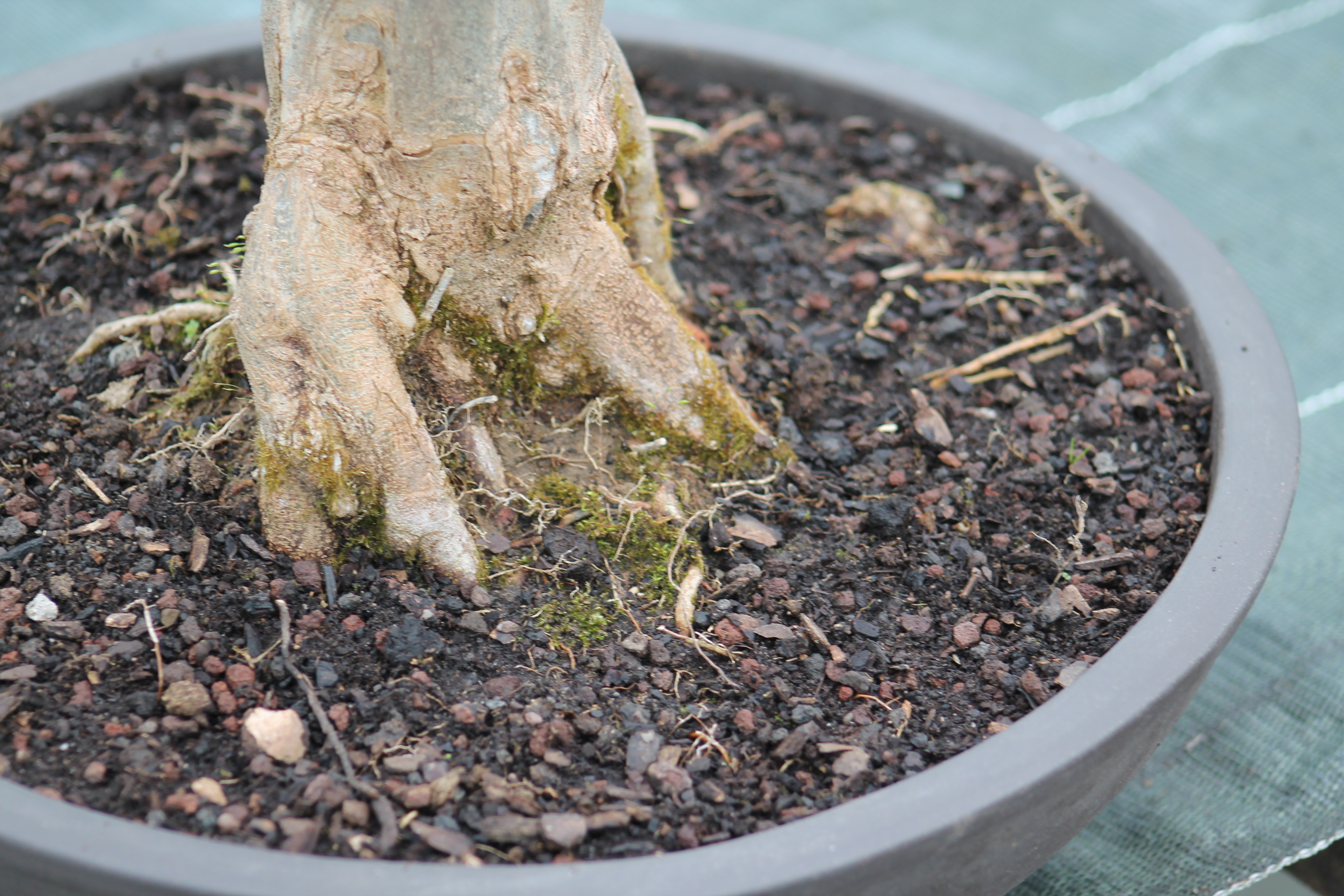Bonsai is much more than just a potted tree: it embodies an ancient art, a harmony between nature and human intervention. To grow a healthy bonsai and give it a majestic appearance, it is essential to follow certain maintenance rules. Here is a complete guide to caring for your bonsai throughout the year.
The origin of bonsai
Bonsai originated in China over 2,000 years ago under the name "penjing." This practice consisted of creating miniature landscapes in pots. It was the Japanese who later refined the art of bonsai as we know it today, focusing on minimalist aesthetics and the natural representation of miniature trees. A symbol of patience and wisdom, bonsai is a discipline that reflects the harmony between man and nature.
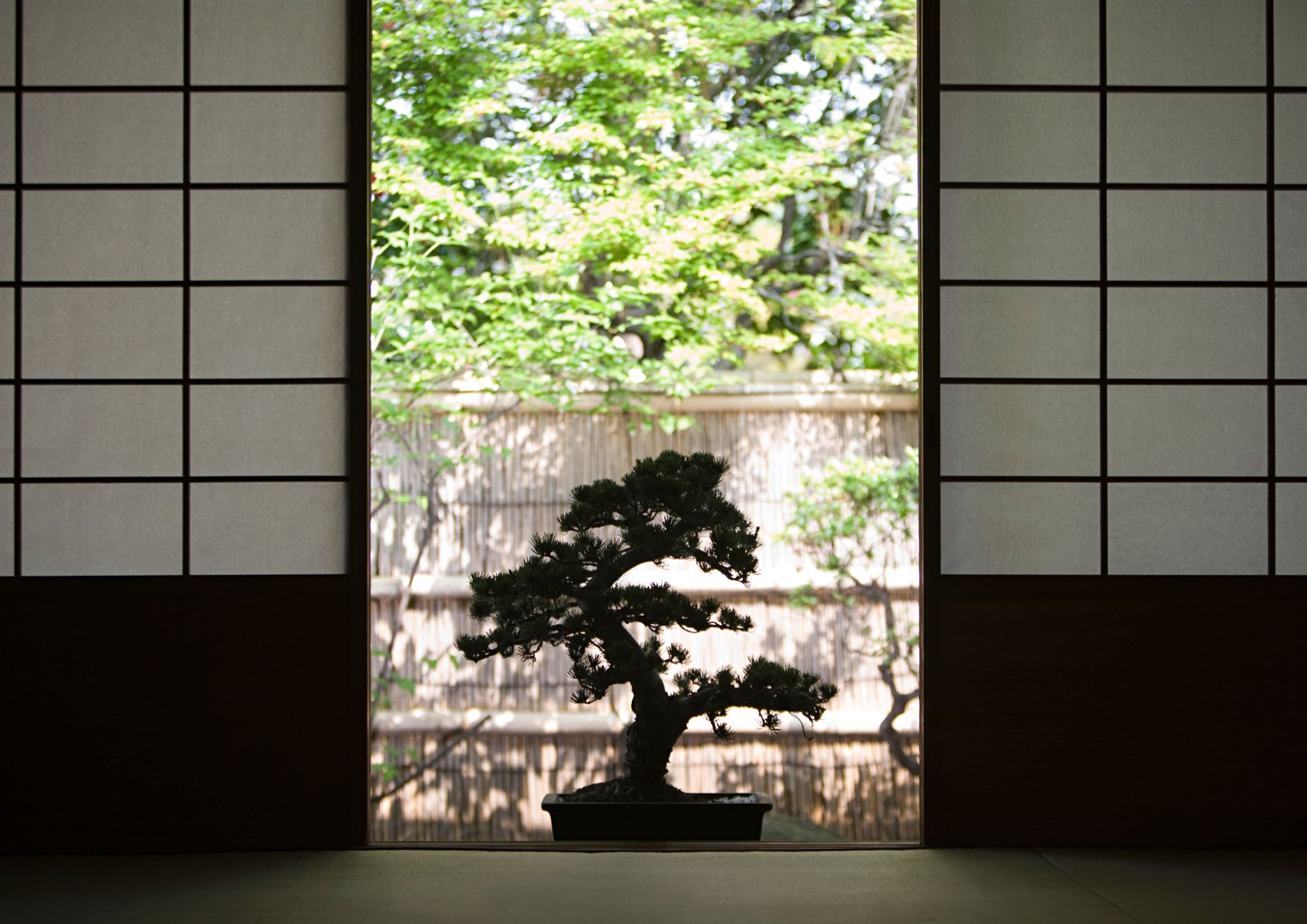
What is a bonsai ?
The word "bonsai" comes from Japanese and means "planted in a pot." In short, the definition of Bonsai is explained: "Bon": a thin dish or bowl and "Sai": a cultivated tree that is planted and fixed in the ground. The word "bonsai" is therefore defined as "a tree that is planted in a shallow container." This practice combines horticultural techniques and Asian aesthetics to create a miniature replica of a natural tree. Growing a bonsai is not a simple planting: it is a patient and meticulous process over several years. The goal is to give the tree a venerable appearance while hiding the traces of human intervention. Creating a bonsai involves applying cultivation and pruning techniques over years, which will gradually give it the appearance of a venerable tree. Gradually, the traces of human intervention must disappear to give the impression that the tree has always been like this, it then becomes a bonsai.
The ideal location for your bonsai
Although small, bonsai are still, above all, trees, and most species must be kept outdoors year-round. Indeed, these bonsai require the natural cycle of the seasons to remain healthy. They depend on sunlight, temperature variations, and natural humidity to ensure their harmonious development. A lack of these elements can lead to growth problems and weaken the tree.
Ideally, place your outdoor bonsai in a well-ventilated location where it can receive sunlight, as well as rain and nighttime humidity. A terrace, balcony, or garden are ideal.
However, extreme temperatures can affect your bonsai. Protect it in winter with a winter fleece or fiberglass to prevent frost damage. During periods of extreme heat, provide a shaded location to preserve the moisture in the substrate.
However, some bonsai, such as the ficus, are considered indoor bonsai. These species cannot tolerate cold and should not be kept outside in winter. They require a stable temperature, generally above 12°C, and should be placed in a bright spot inside the house, away from cold drafts. Good lighting, ideally near a window, and sufficient humidity are essential for their well-being.
Bonsai maintenance
Watering
Water is vital for your bonsai. The substrate must remain moist but not saturated. Water regularly, allowing the root ball to dry slightly between waterings.
- In summer, water daily, especially in hot weather.
- In winter, adjust watering based on the root ball's moisture content, which can be maintained naturally by rain.
Tip : Occasionally, water by immersion (drenching for a few seconds) to ensure deep hydration.
.jpg)
Pruning
Pruning is an essential step in shaping the structure and harmony of the bonsai. However, pruning techniques vary depending on whether the tree is a deciduous or coniferous tree.
Pruning deciduous trees, which lose their foliage in winter, requires two types of pruning :
- Structural pruning, performed in winter, once the tree is dormant, helps define the tree's main shape by removing unnecessary or misplaced branches.
- Shaping pruning, performed in spring and early summer, promotes denser foliage and a more refined silhouette.
For conifers, which keep their needles all year round, pruning follows a different rhythm :
- The main pruning is done mainly in spring, when growth resumes.
- Bonsai training can be done throughout the year, gradually adjusting the tree's structure.
Please note : For flowering trees, pruning should be done after flowering to avoid compromising the following year's flower production.
It is essential to use clean, sharp tools to ensure a clean cut and facilitate wound healing.
Repotting and substrate
Repotting is an essential step to ensure the good health of your bonsai. On average, it should be done every two to three years, although older trees may remain in their pots longer depending on their variety and growth rate. This process not only renews the soil, but also provides the tree with the nutrients it needs.
Over time, the roots develop and eventually circle the pot in search of nutrients. Gradually, the amount of available soil decreases, making watering less effective and requiring more fertilizer to compensate for this deficiency. If the bonsai is not repotted, it risks gradually weakening.
Ideally, repotting should be done just before growth resumes, allowing the tree to quickly adapt to its new soil. It is important to use a well-balanced substrate, combining good drainage (such as akadama or pumice) and water-retaining capacity (potting soil, peat), depending on the climate of your region. Regular repotting thus guarantees the vigor of your bonsai and prevents its long-term depletion.
---> ARTICLE: HOW DO I REPOT MY BONSAI ?
Fertilization
Being grown in small pots, bonsai quickly deplete the nutrients in their substrate. To ensure healthy and balanced growth, it is essential to fertilize them regularly.
Fertilize your tree from spring to fall, spacing applications about two months apart. This fertilization helps compensate for the natural lack of nutrients and strengthens the bonsai's vitality.
At our nursery, we use a tomato and flower fertilizer (NPK 12-12-17), particularly suited to the needs of bonsai. It contains three essential elements: nitrogen (N) to promote foliage growth, phosphorus (P) to stimulate root development, and potash (K) which strengthens the tree's resistance to disease and climate variations.
⚠️ Caution : Never add fertilizer immediately after repotting! Freshly pruned roots are still healing and may burn if they come into contact with fertilizer. Wait at least 1 month before starting fertilization.
Conclusion
Maintaining a bonsai is an art that requires patience and diligence. By following these guidelines for placement, pruning, watering, and fertilizing, you'll help your miniature tree thrive and survive the seasons in full health. Take the time to observe and interact with your bonsai: every action counts in its development and growth.


 Production of French Bonsai
Production of French Bonsai

